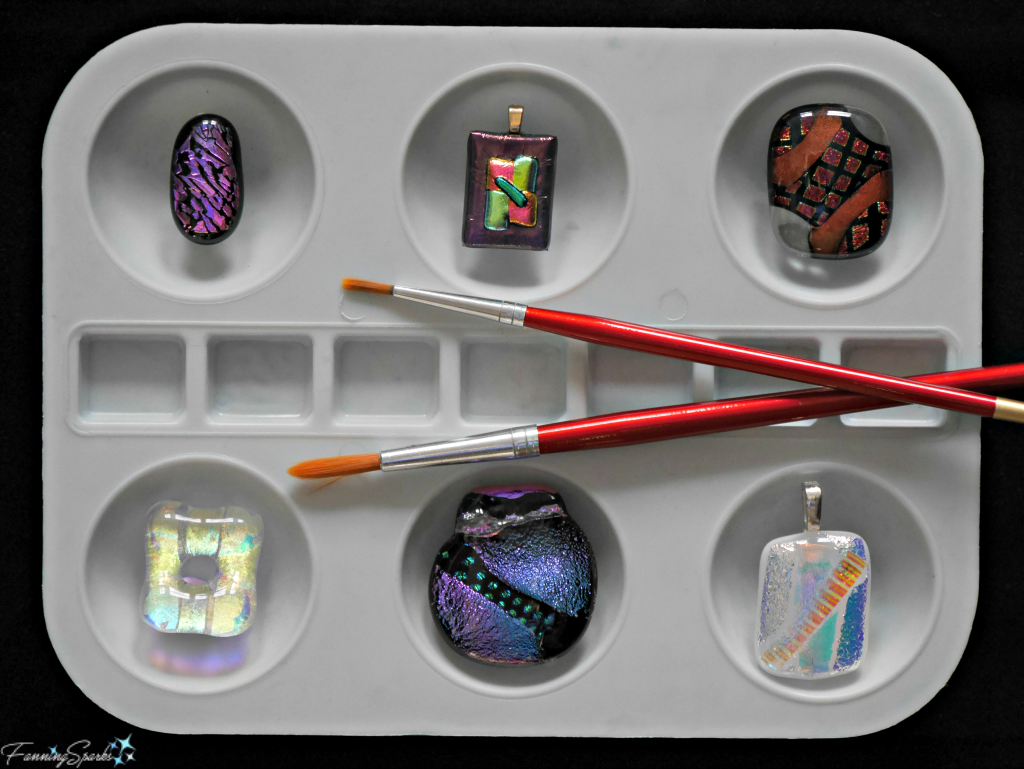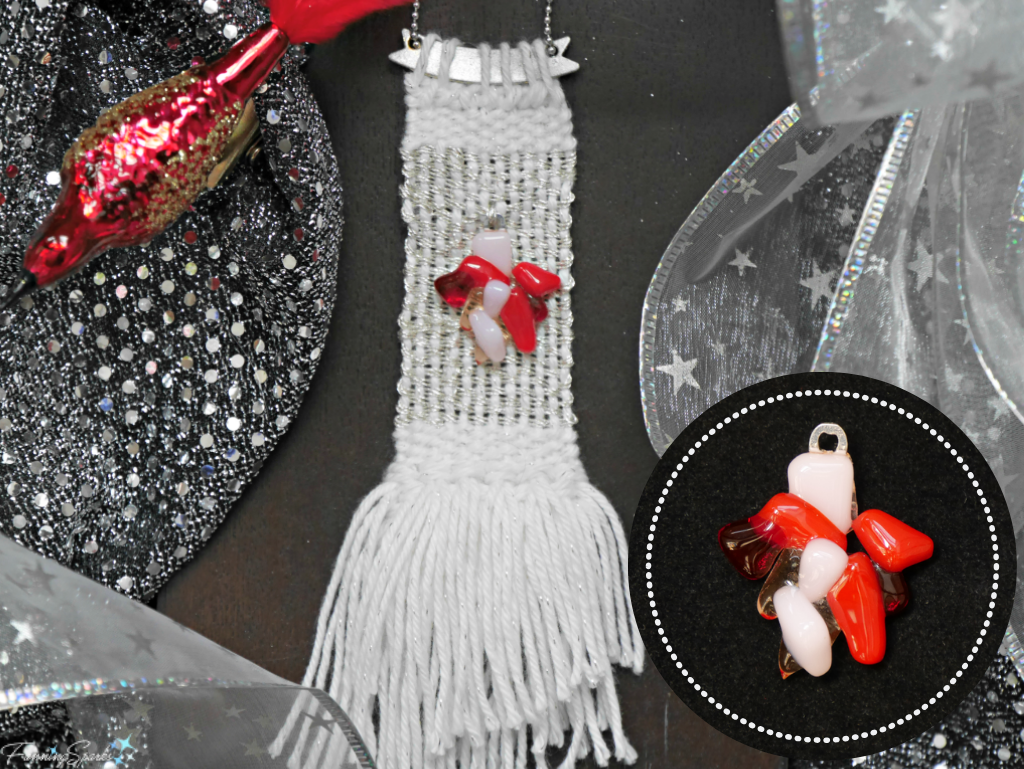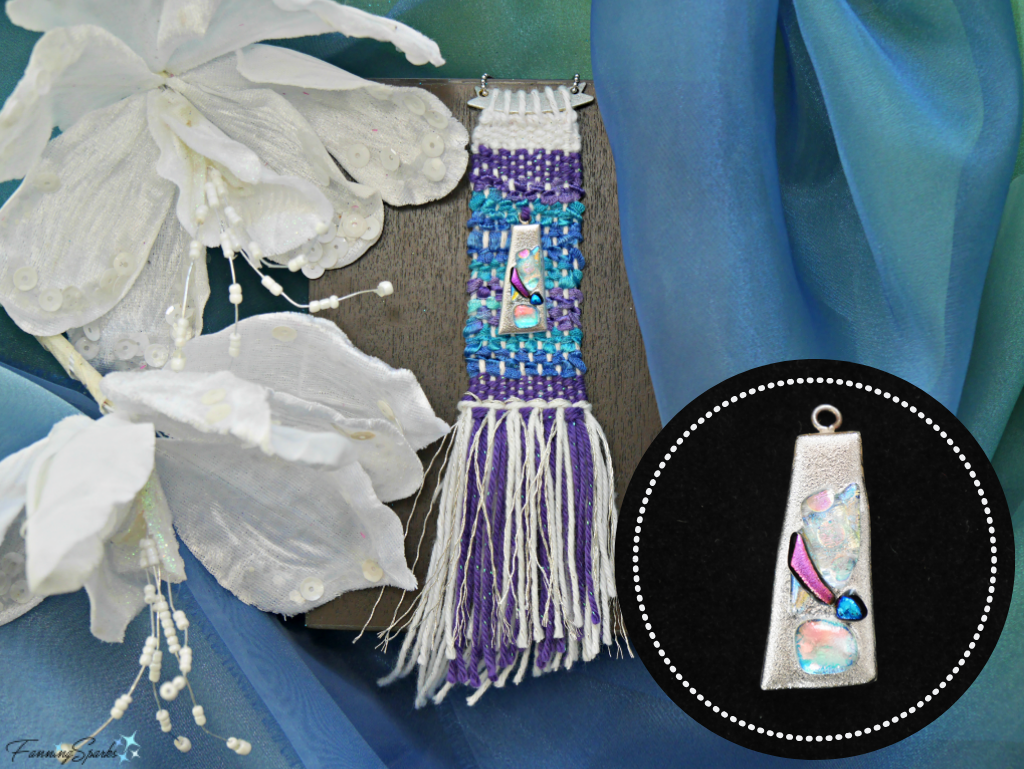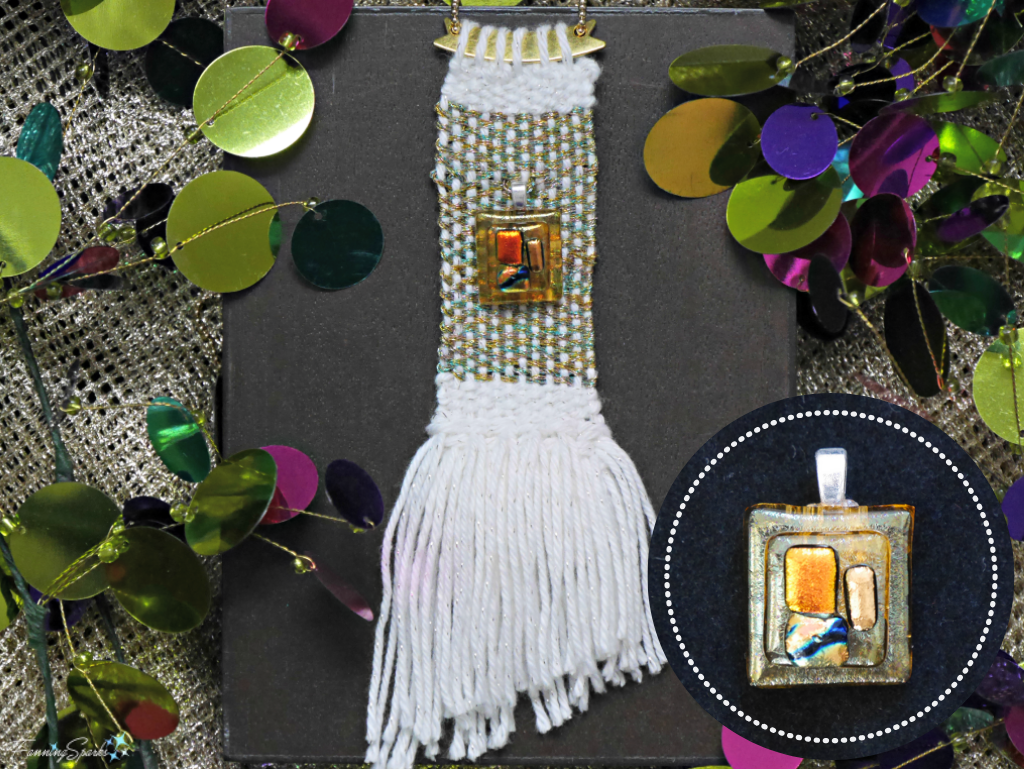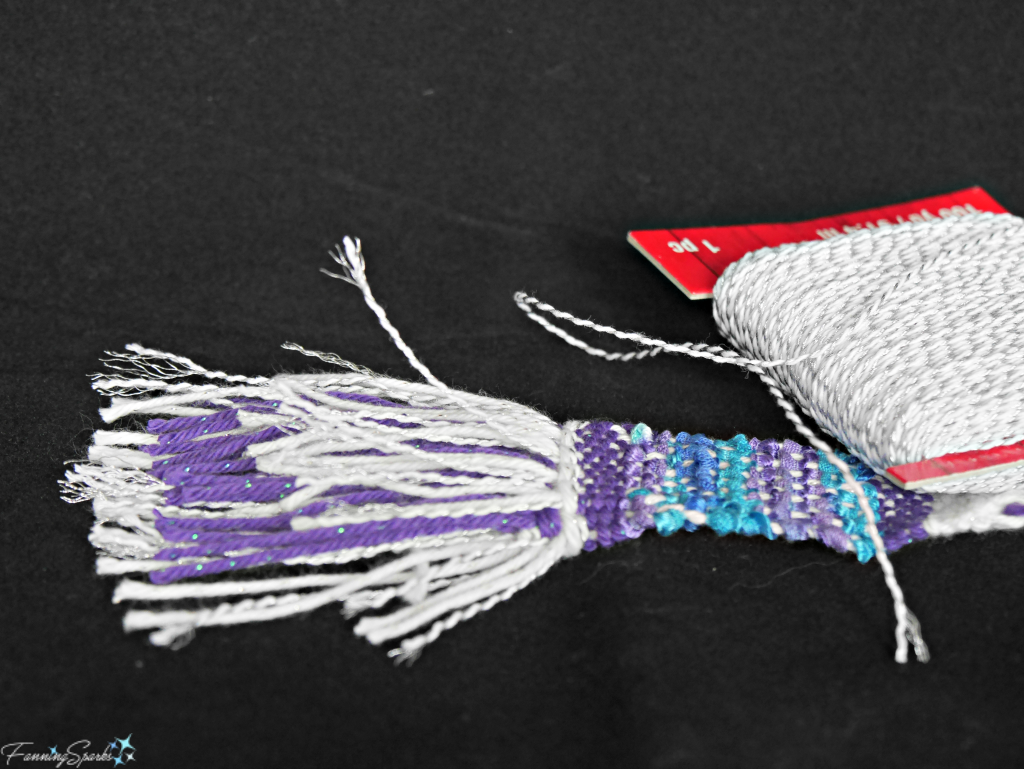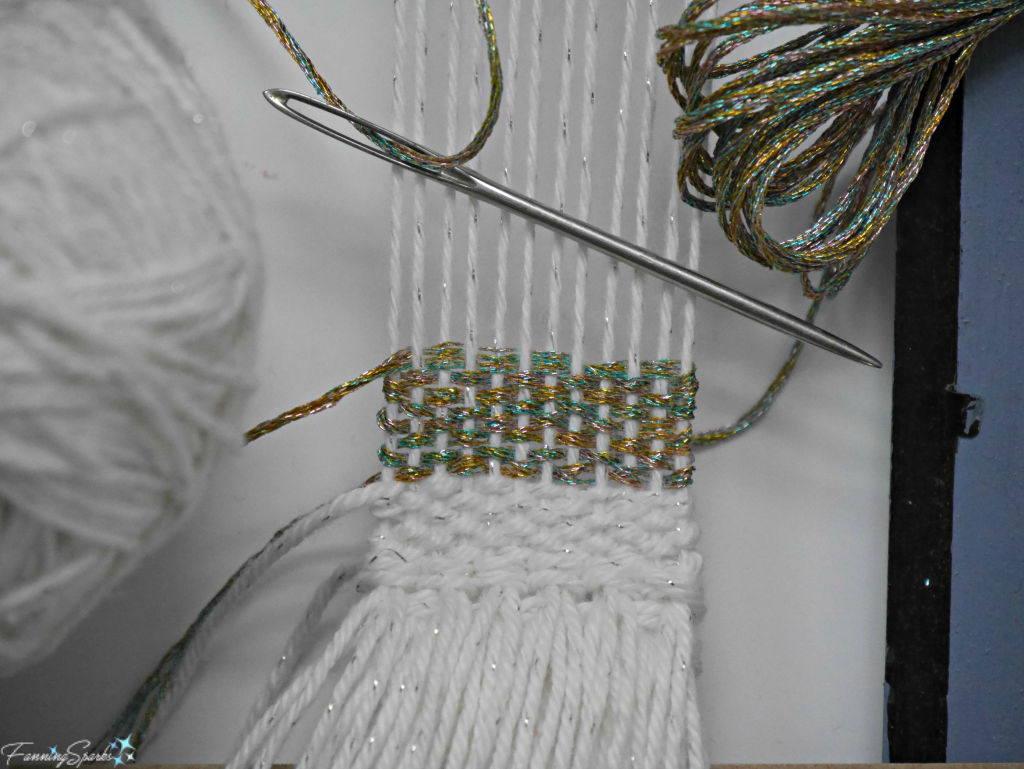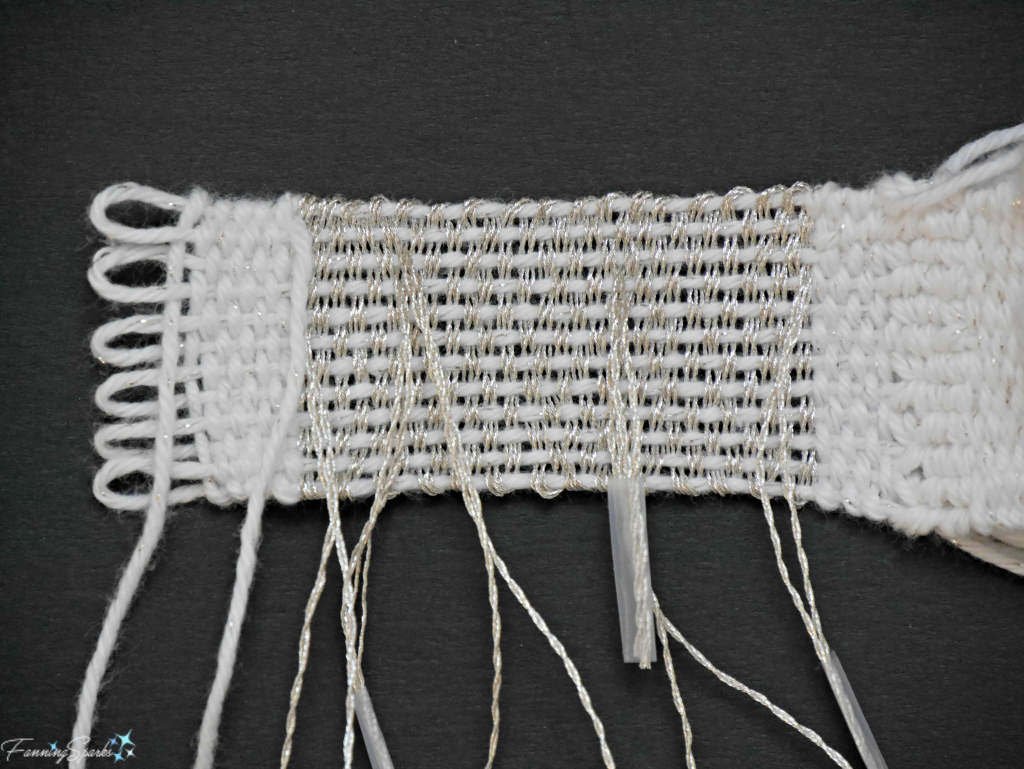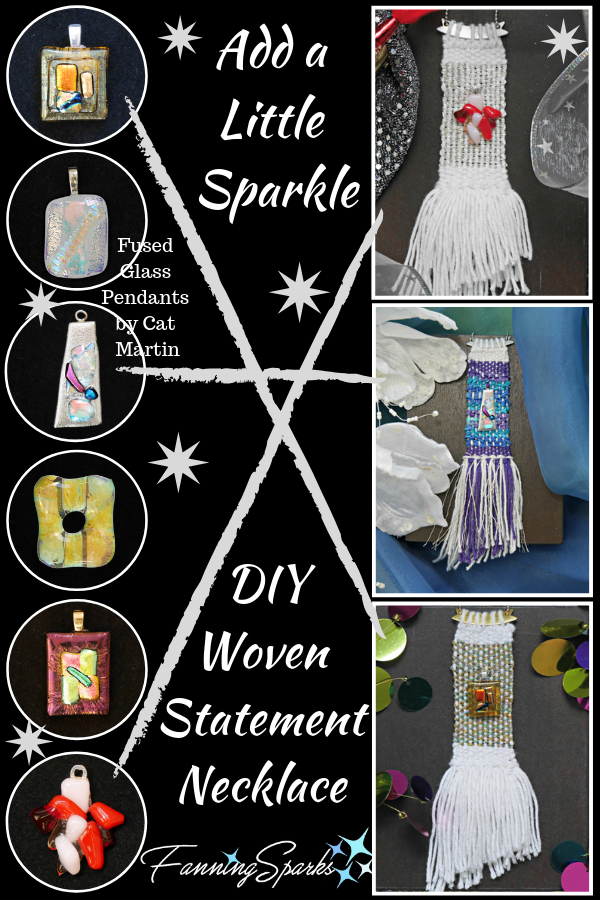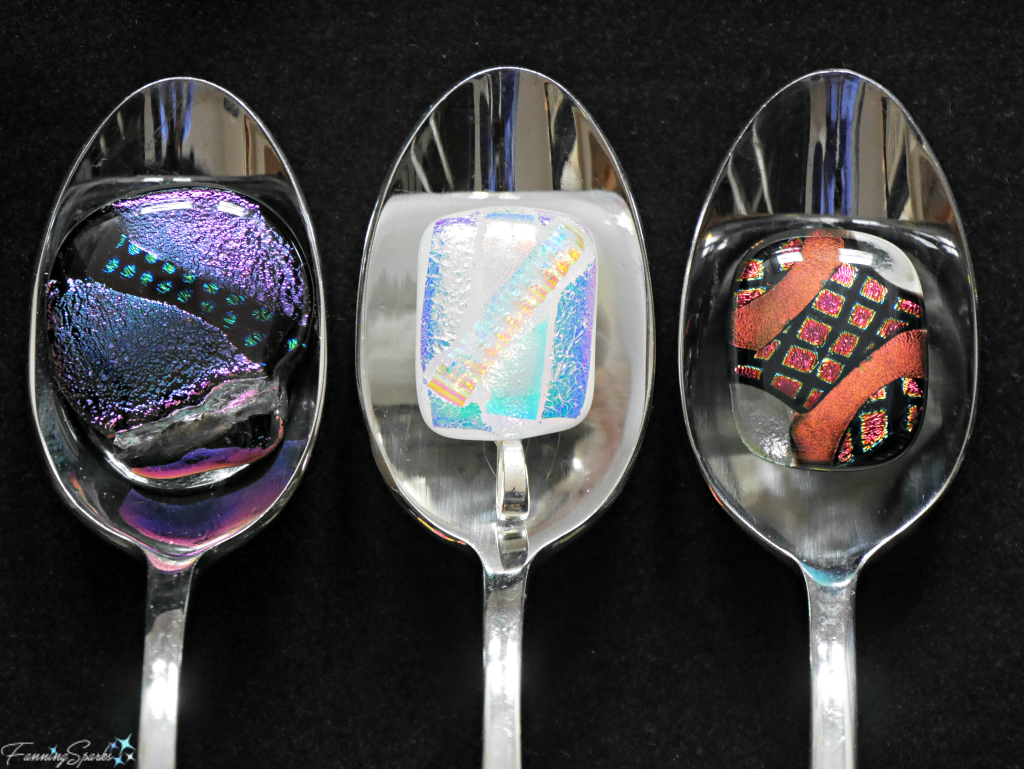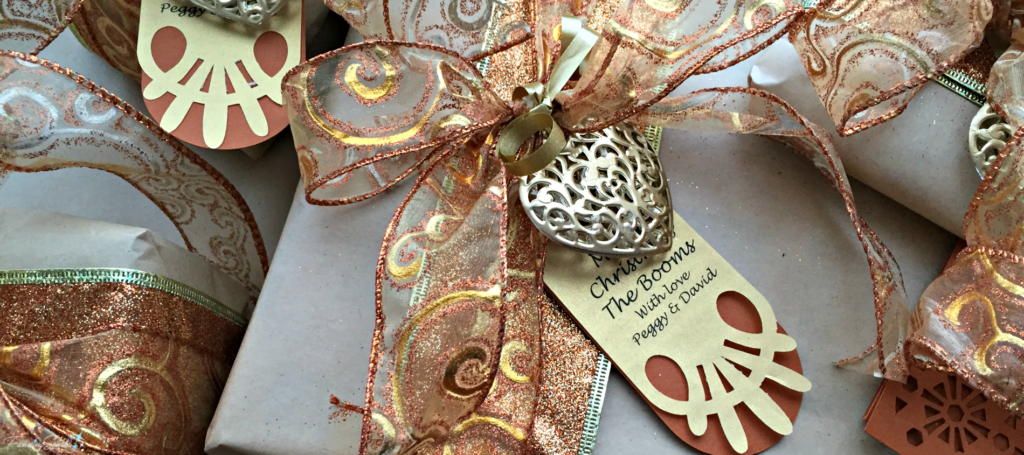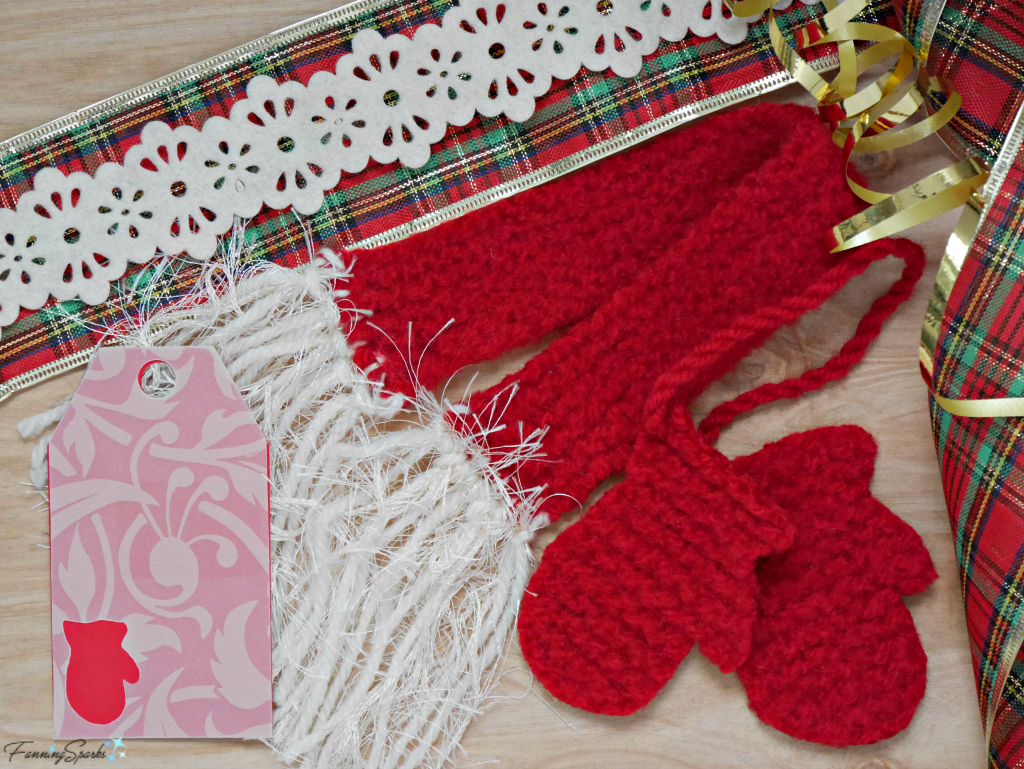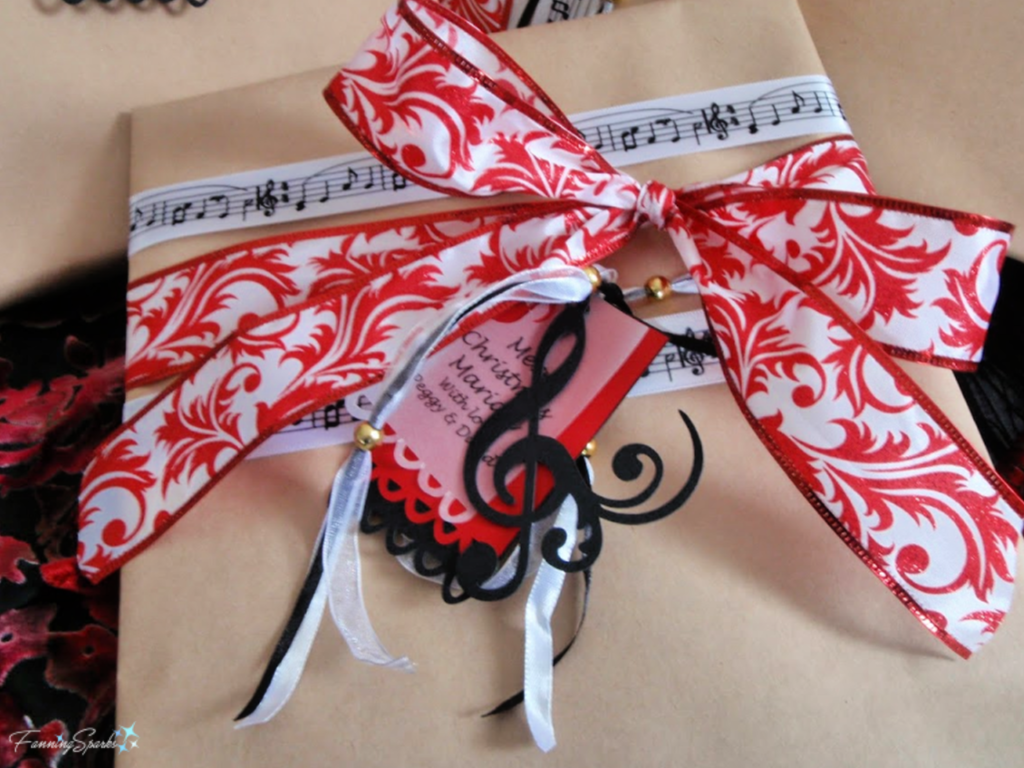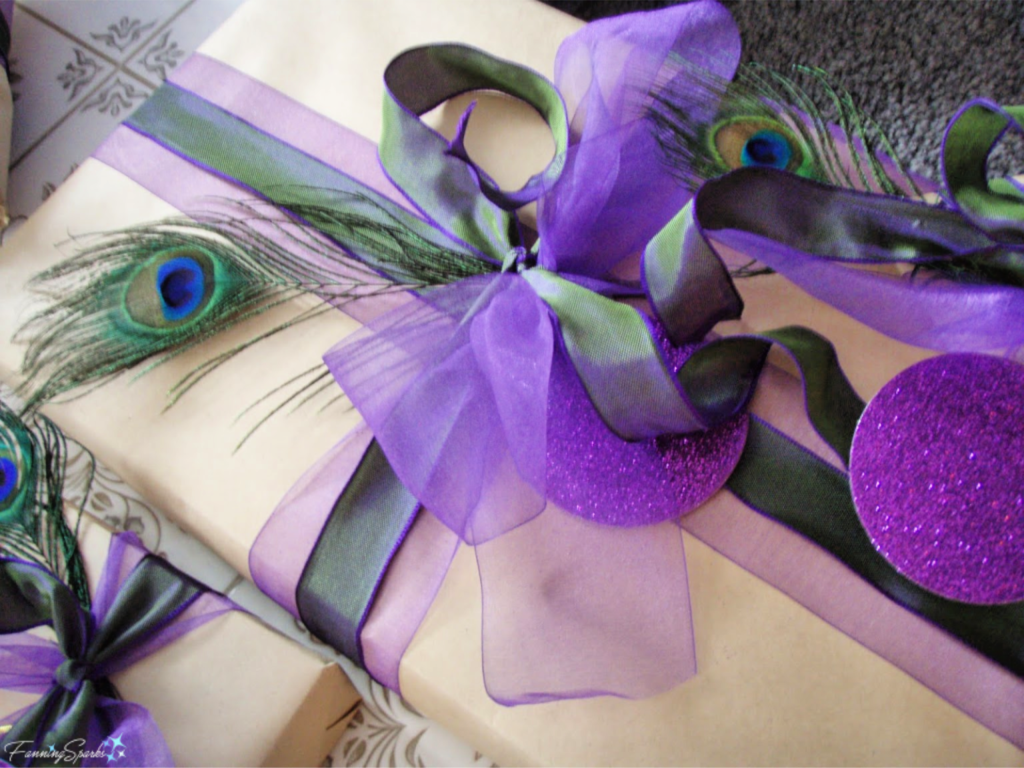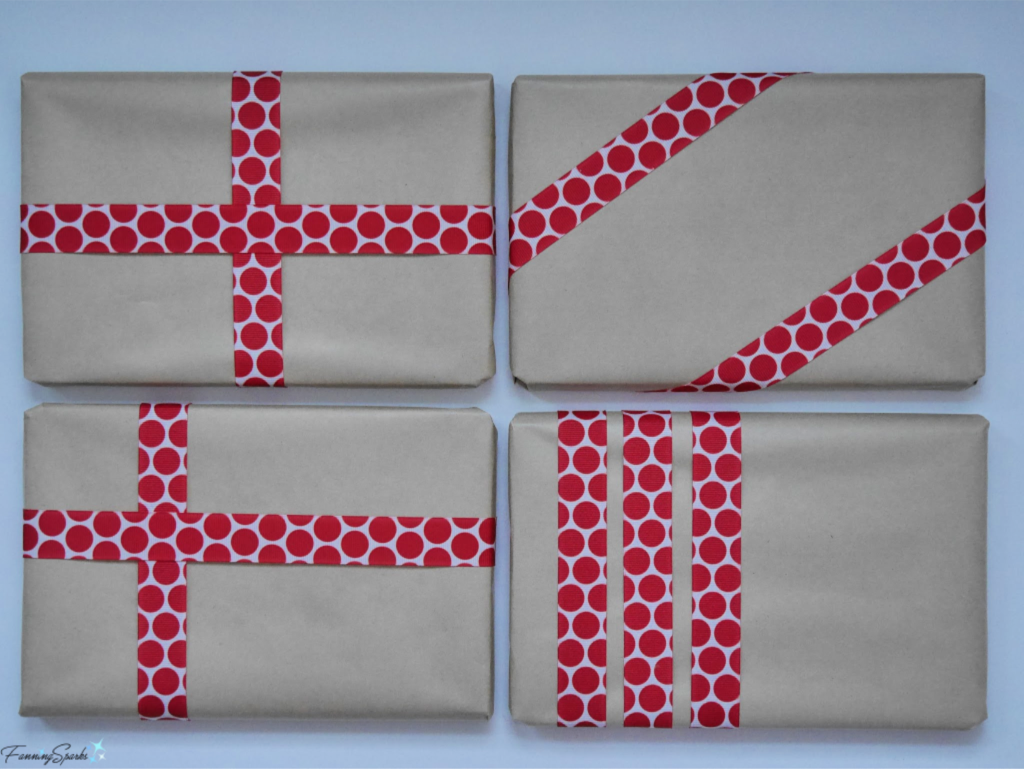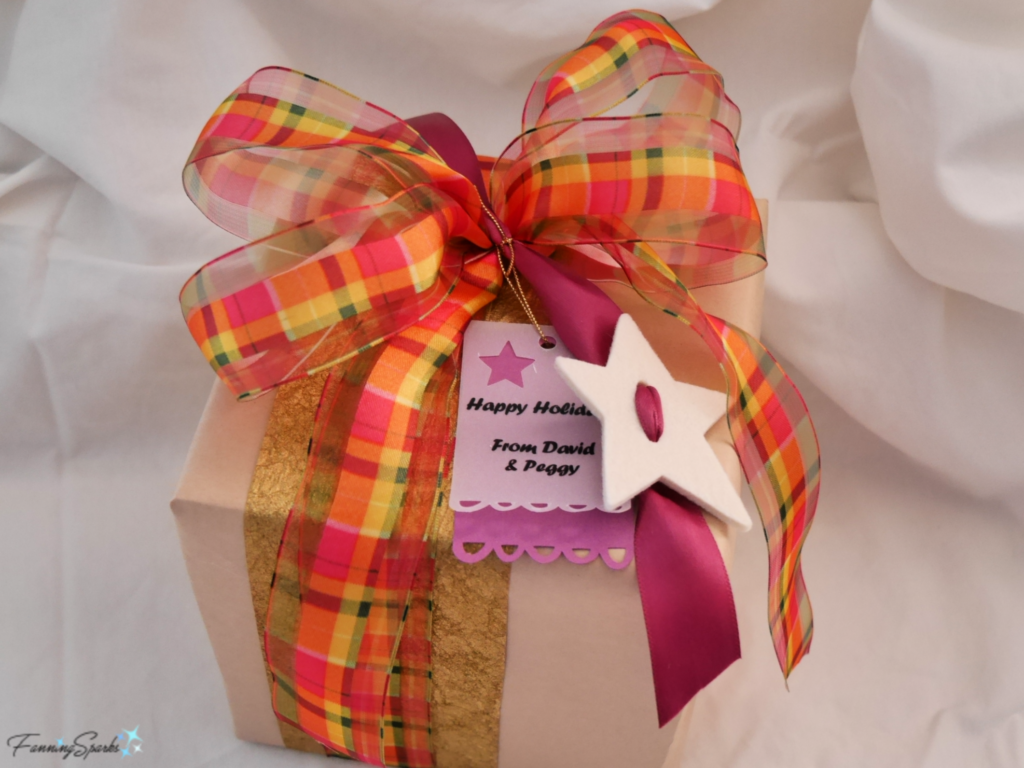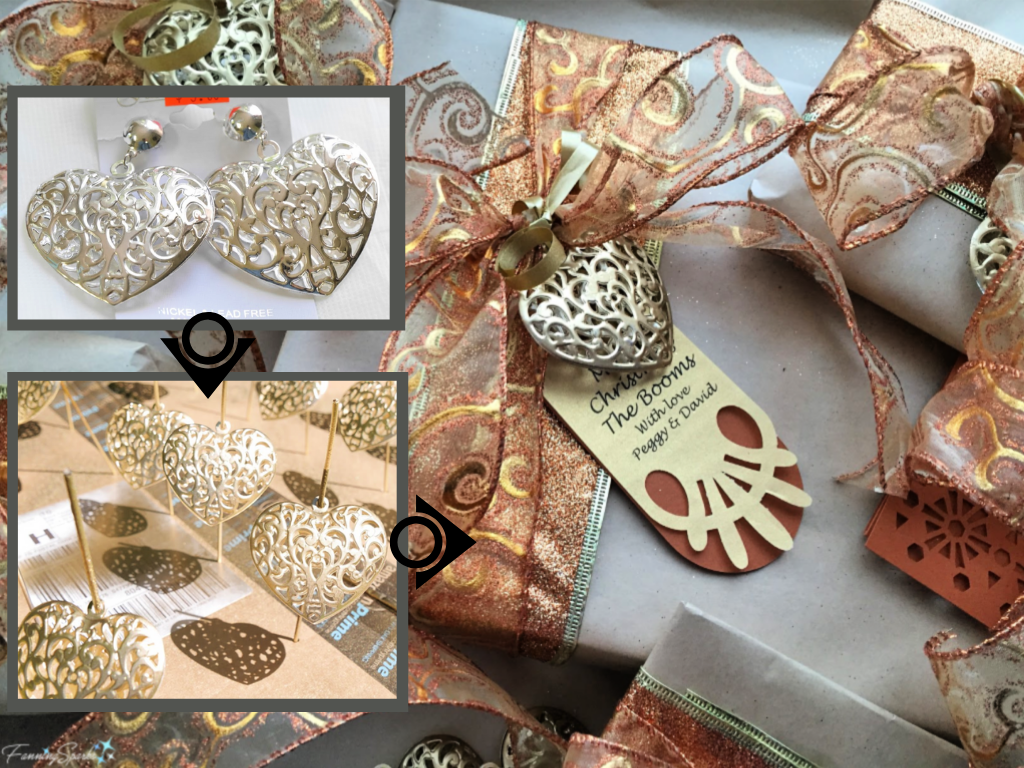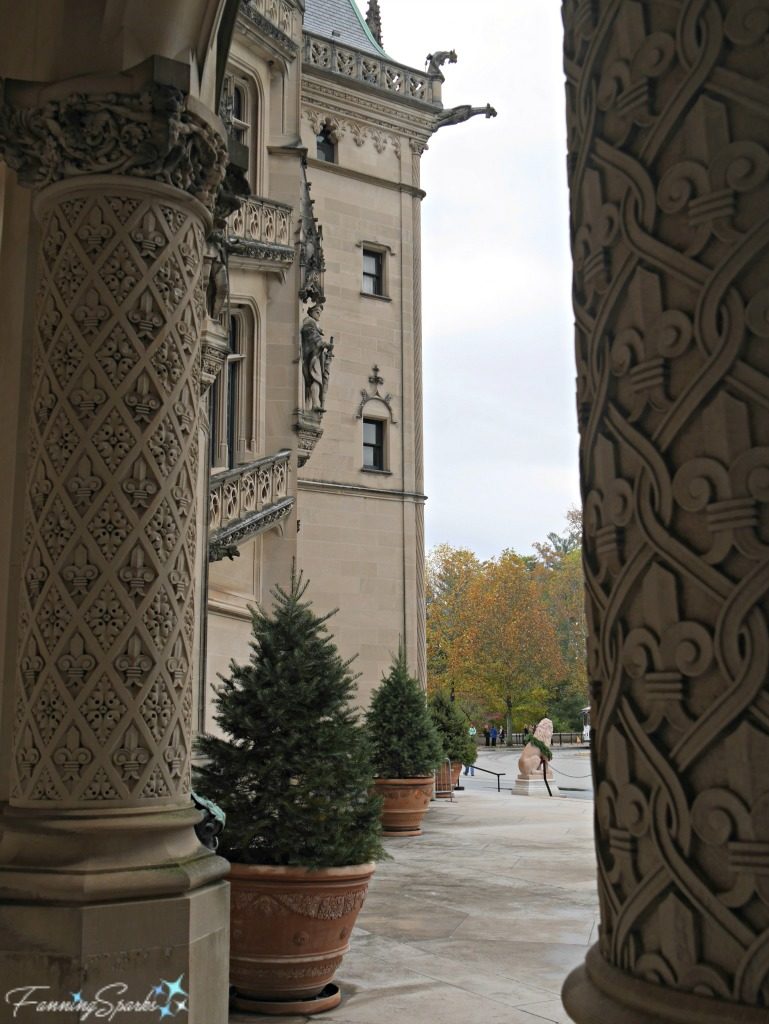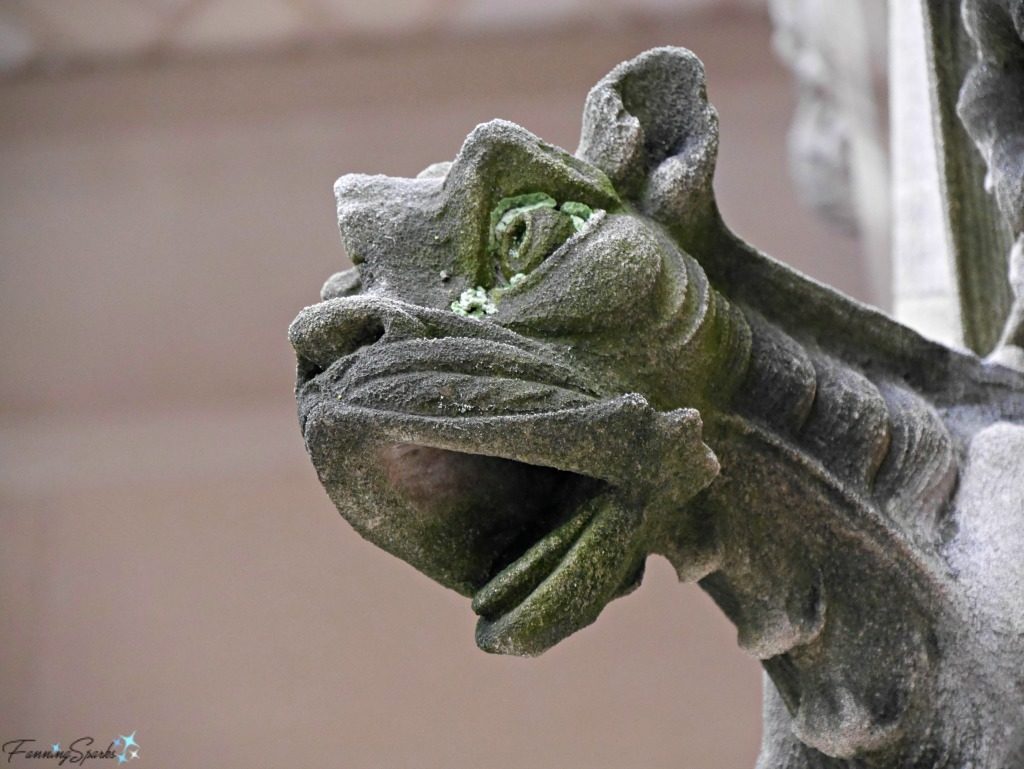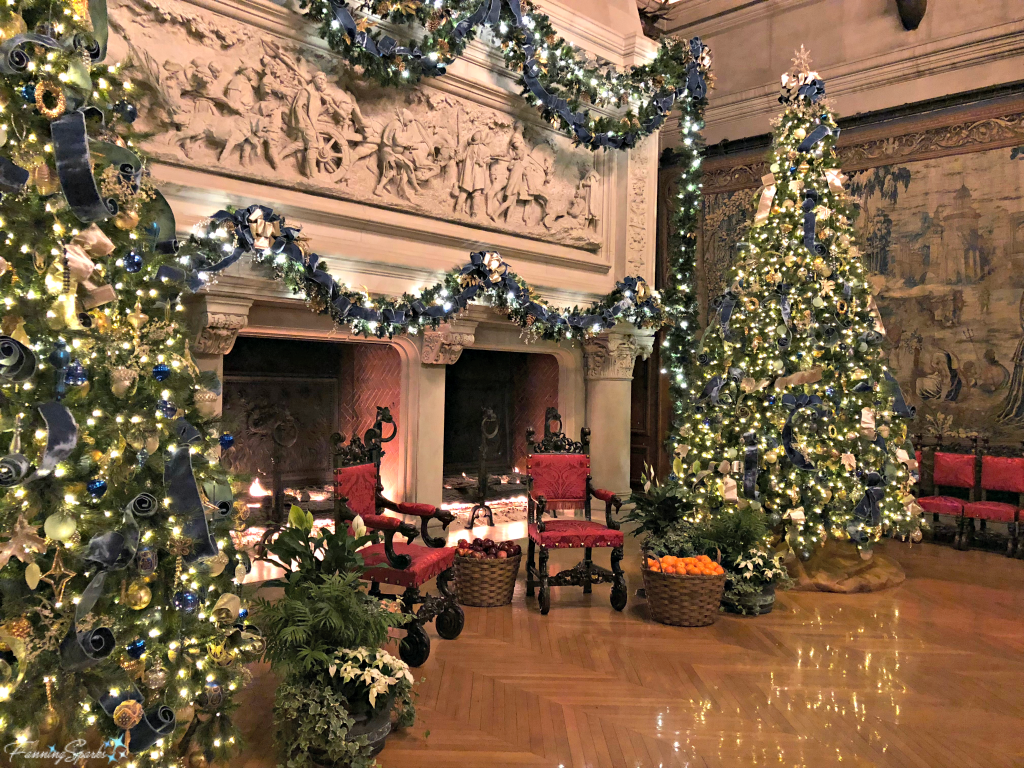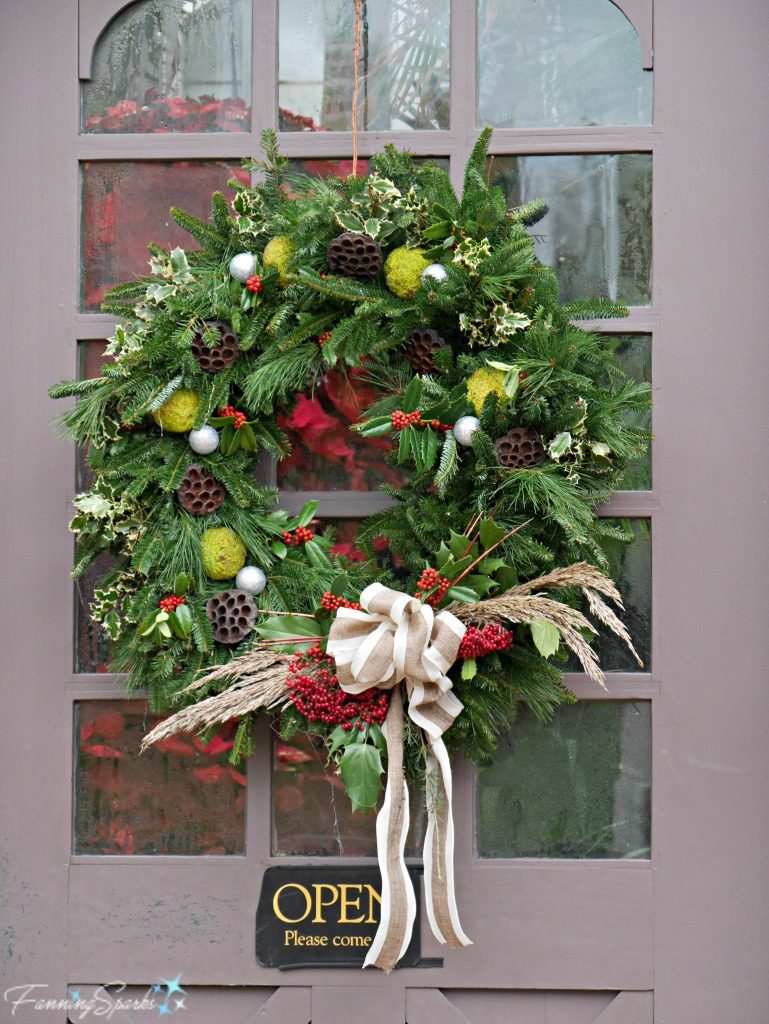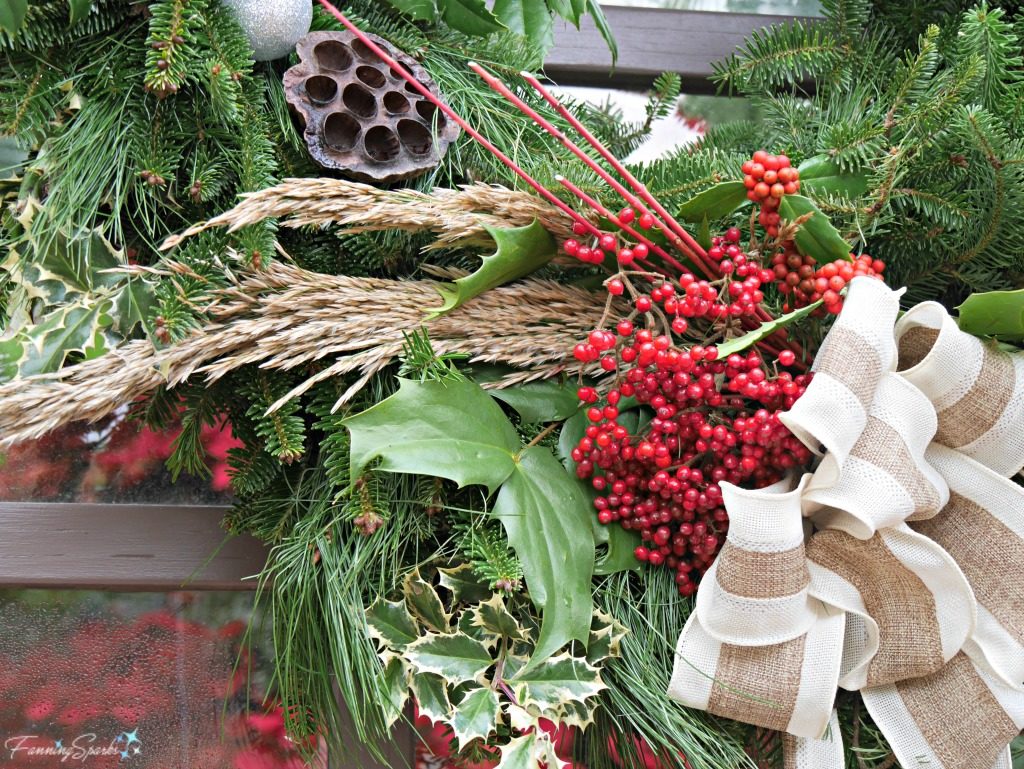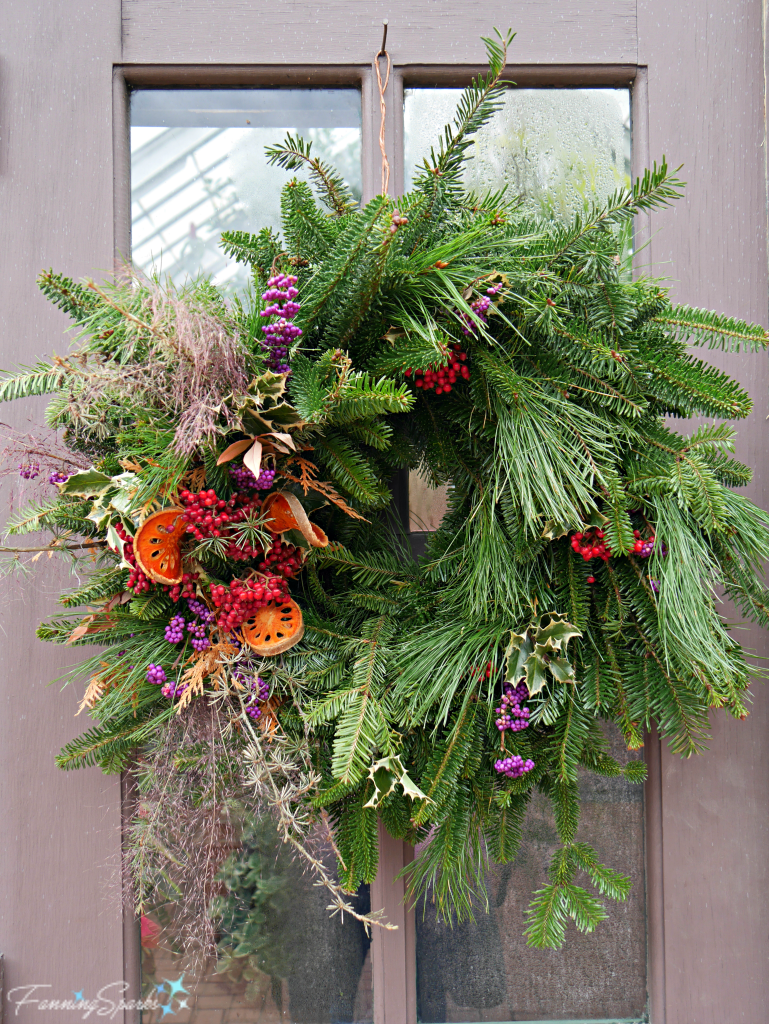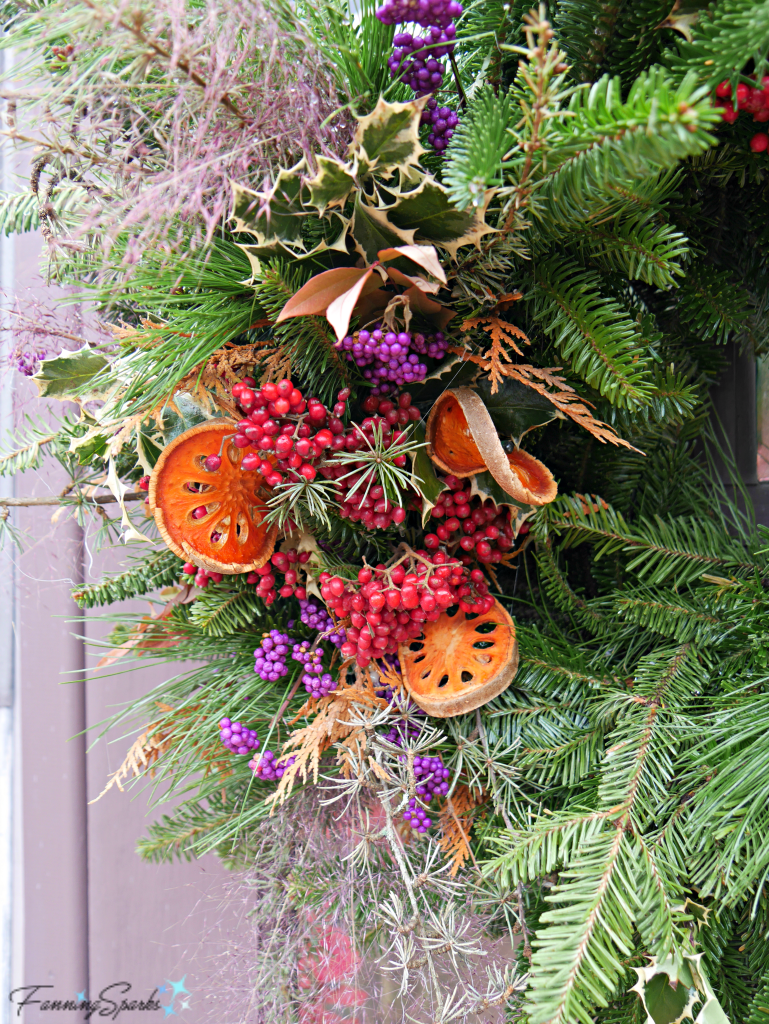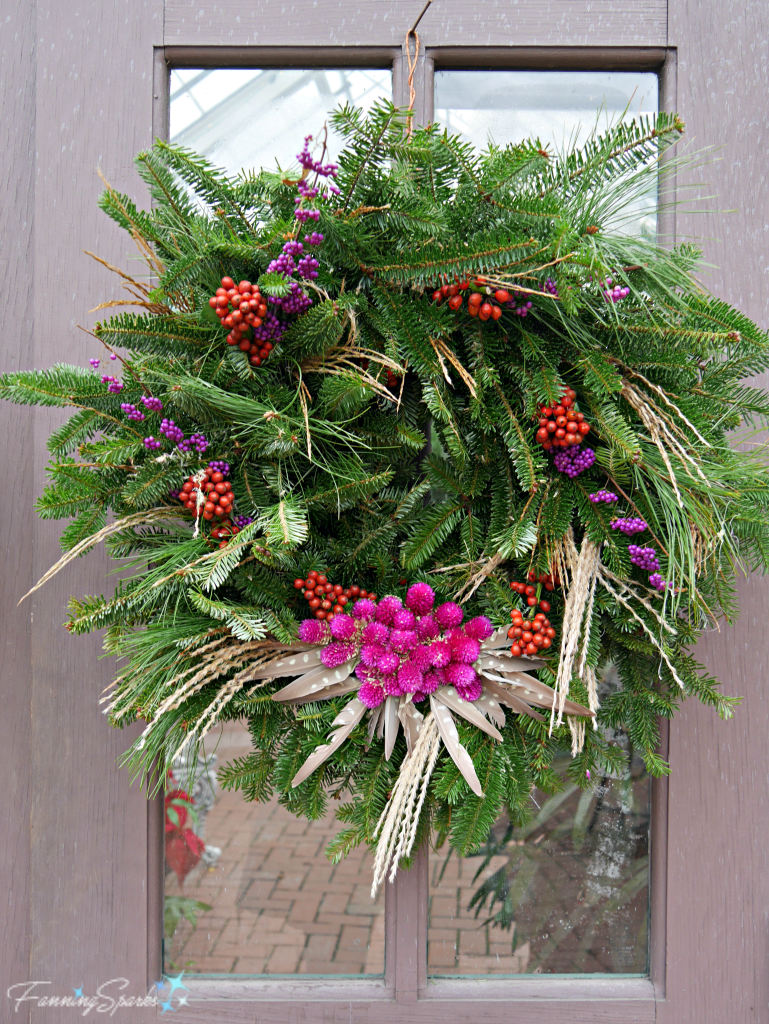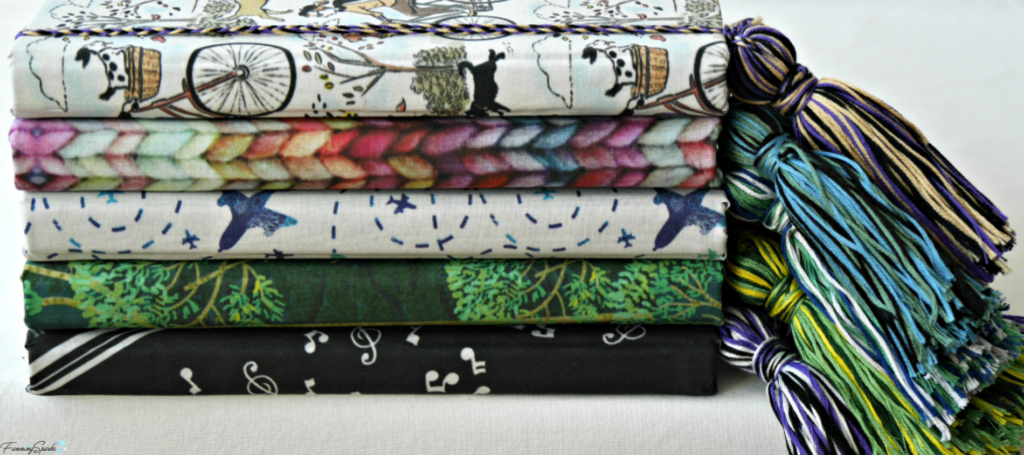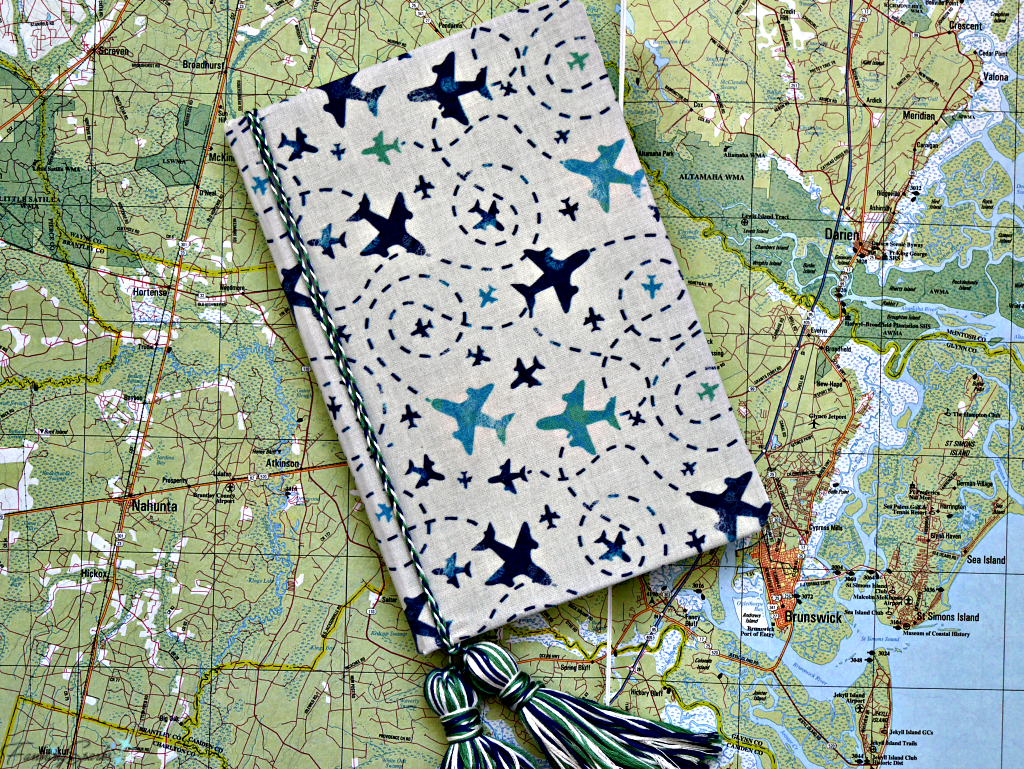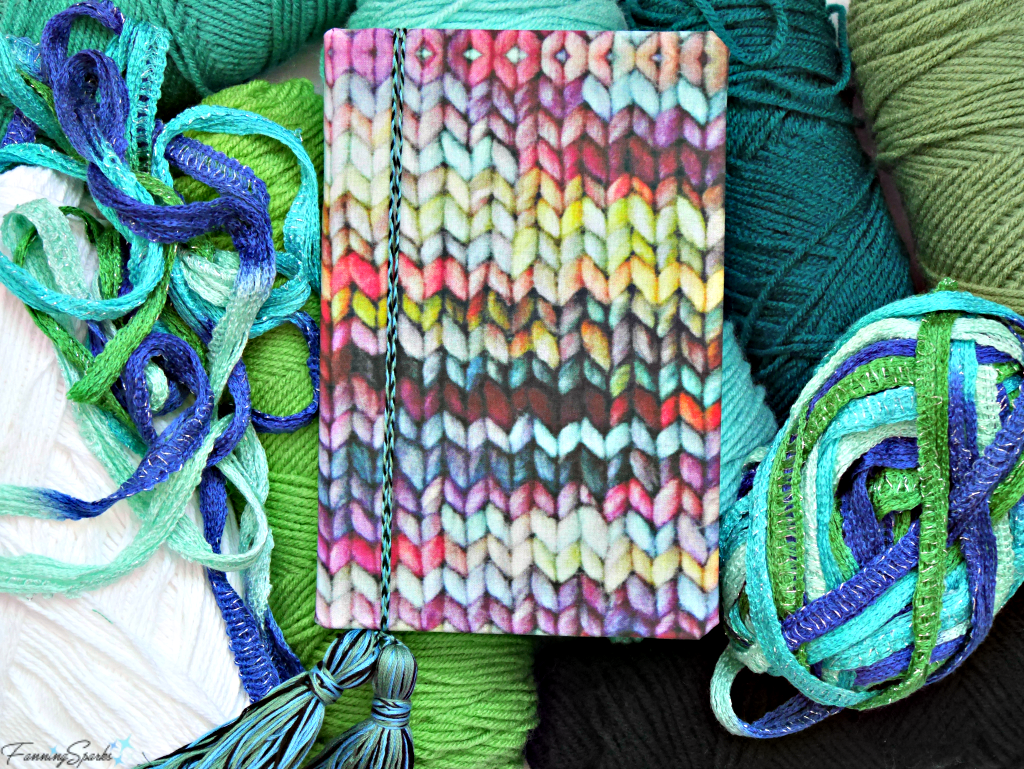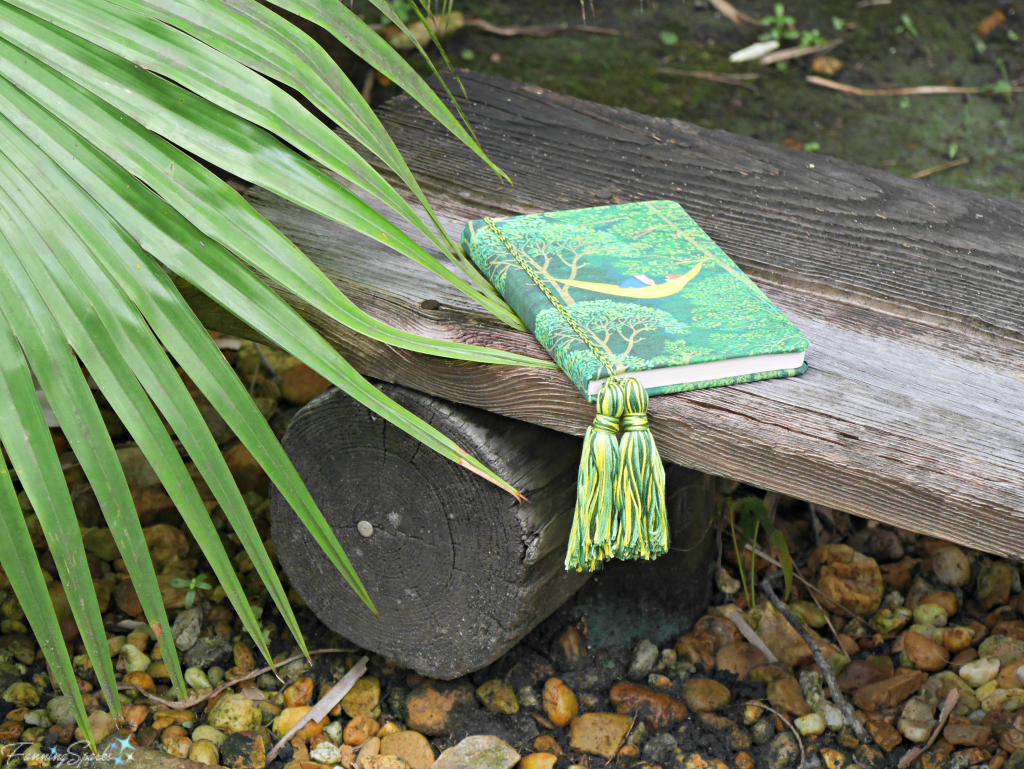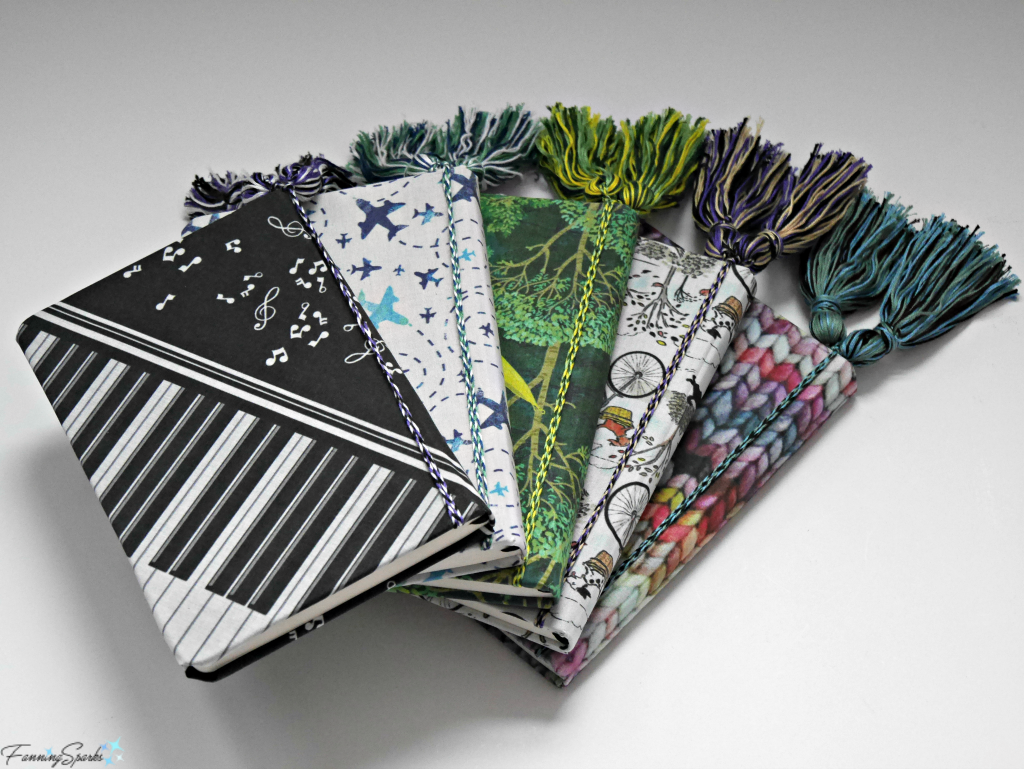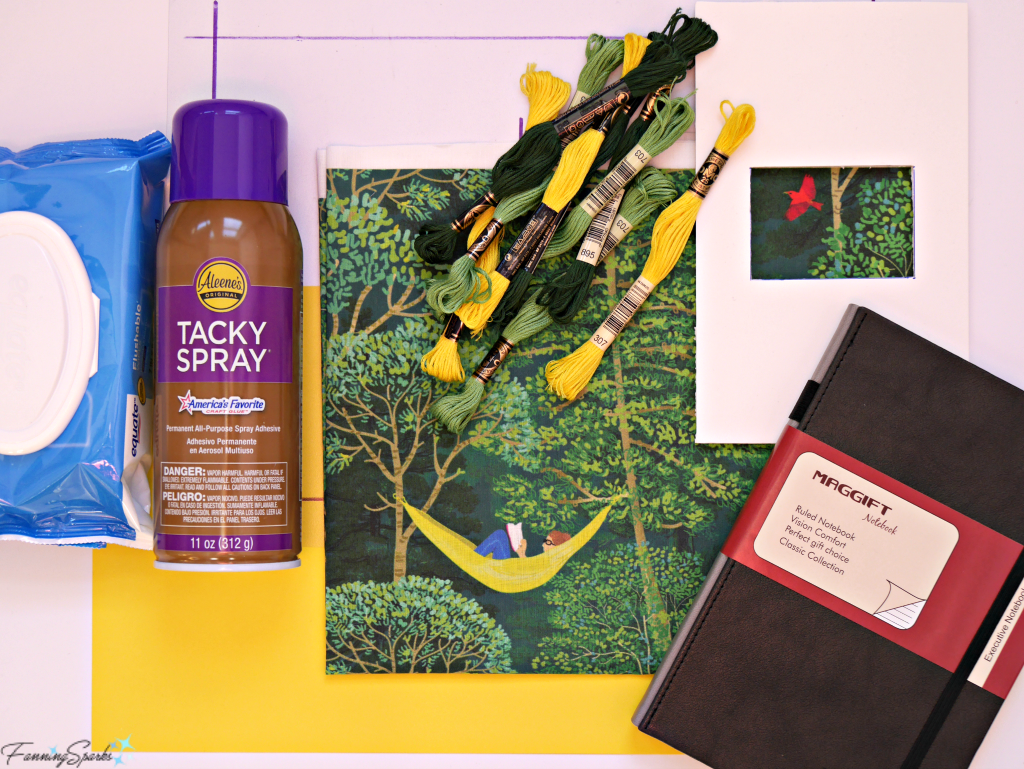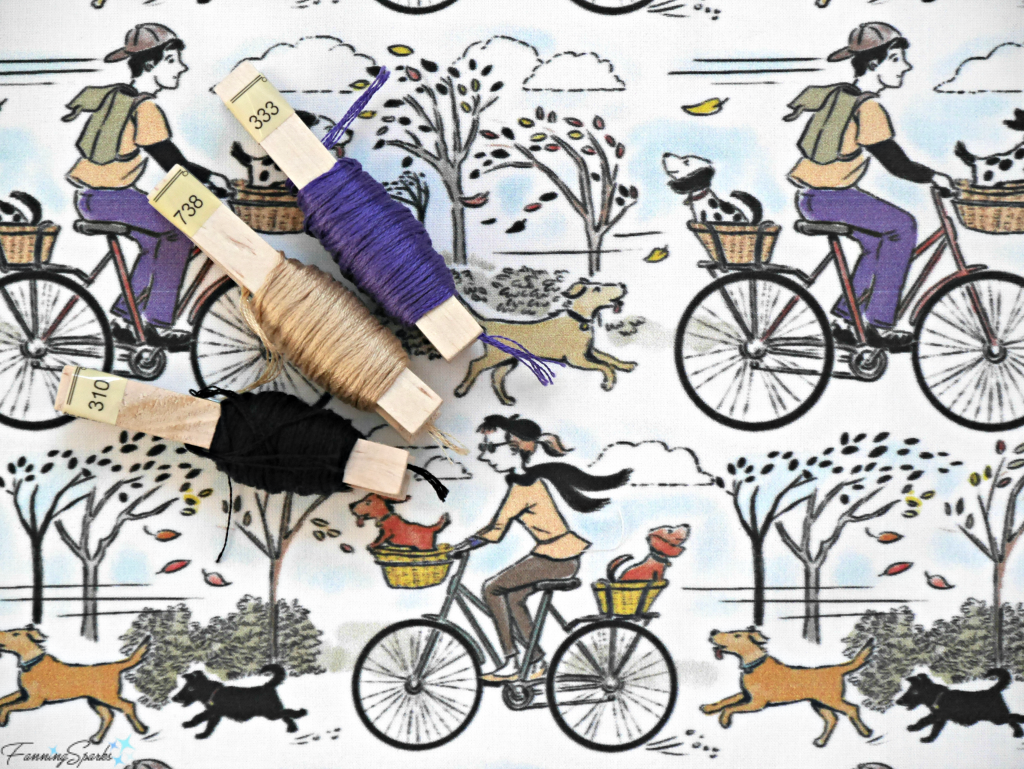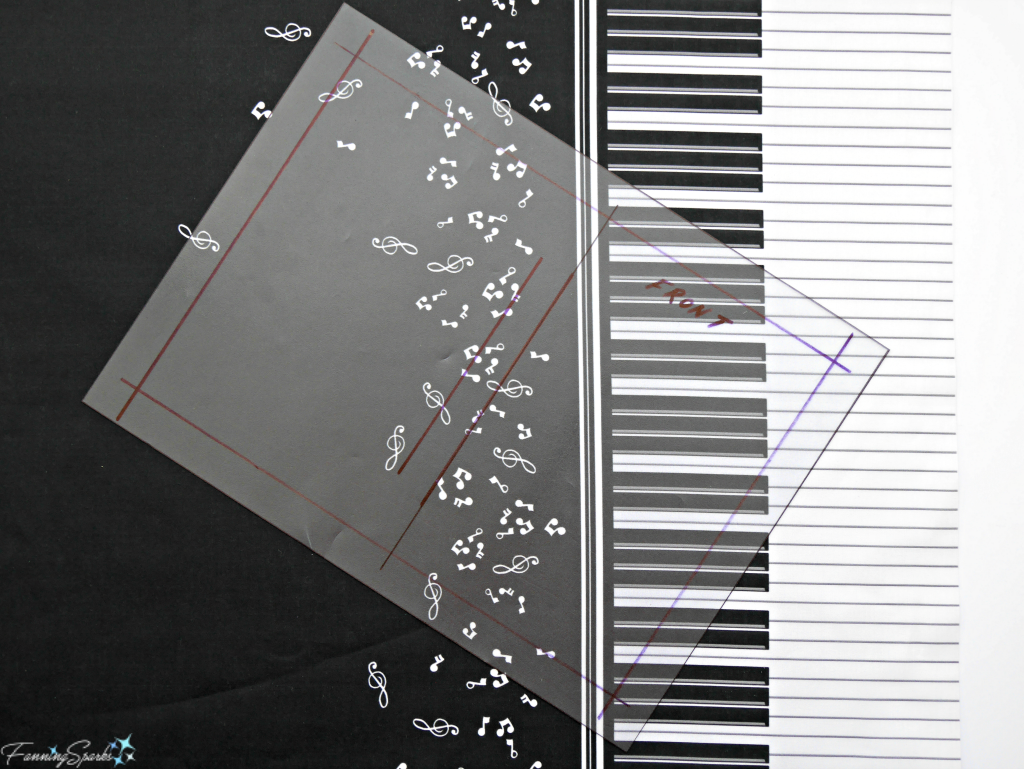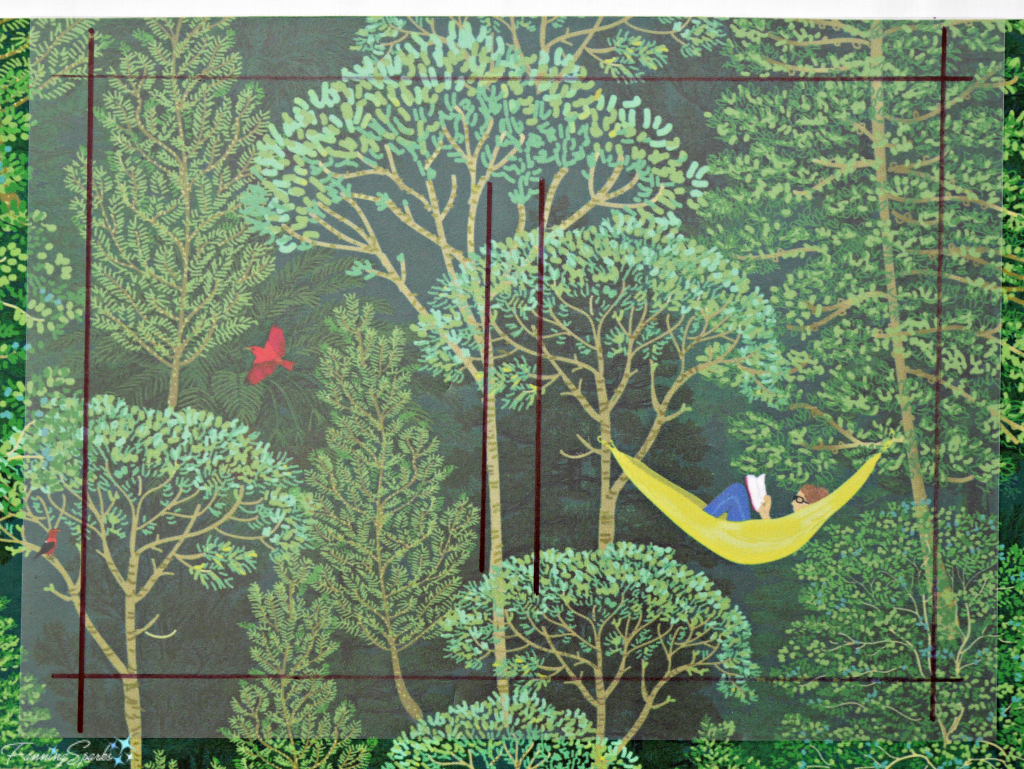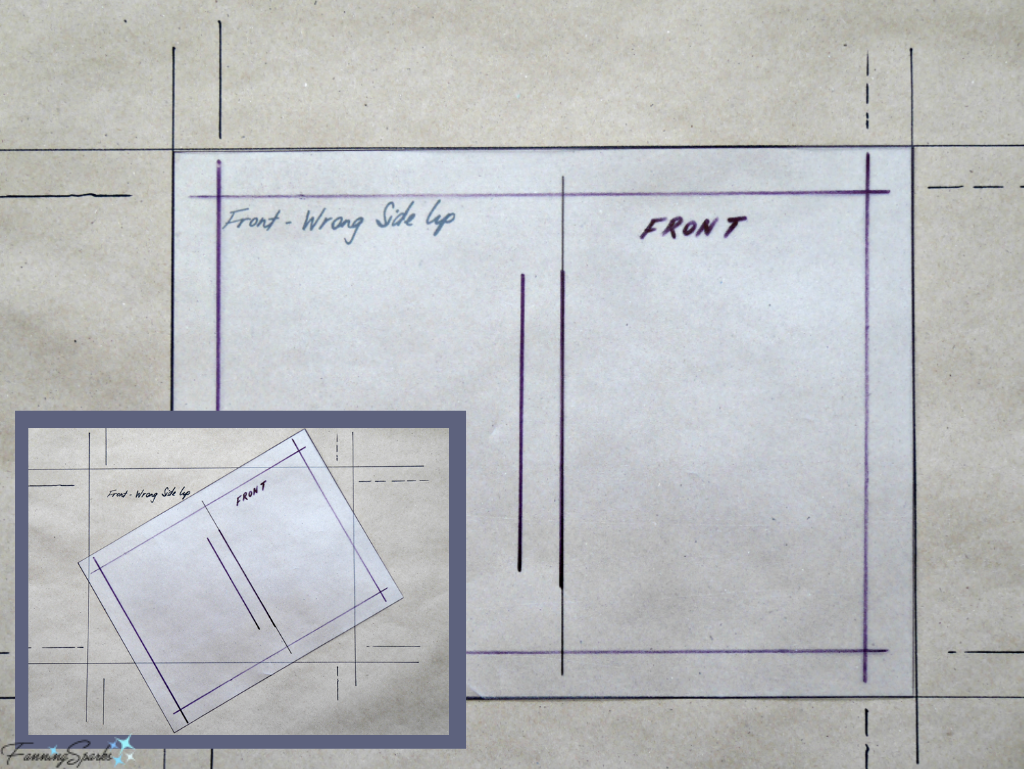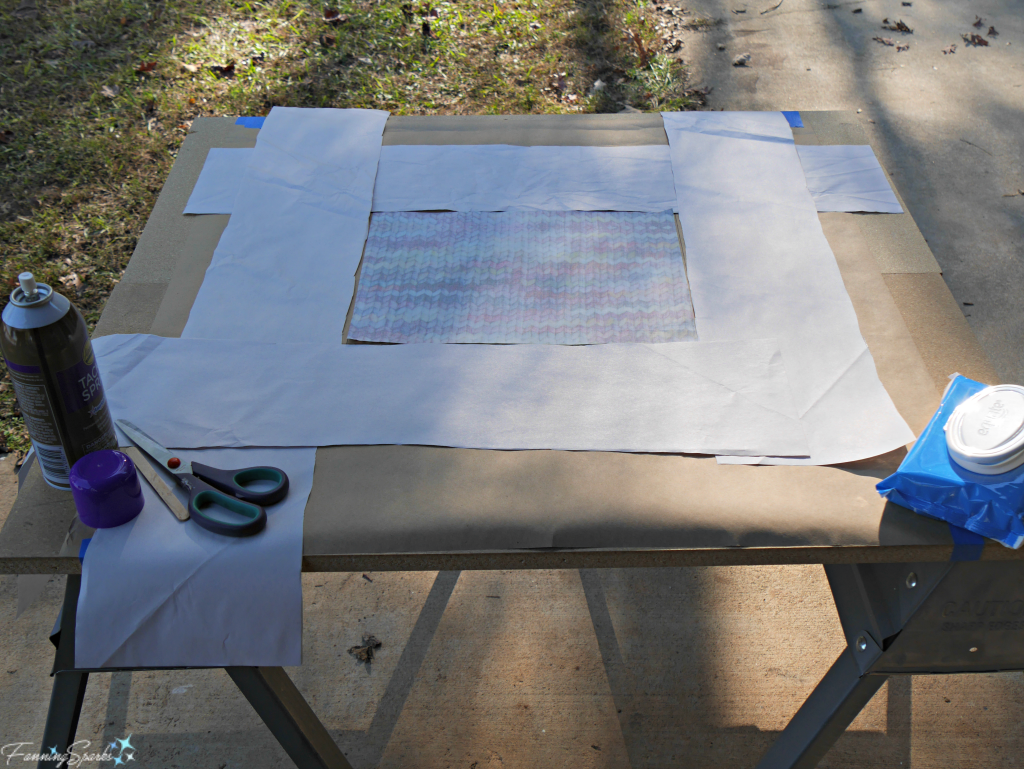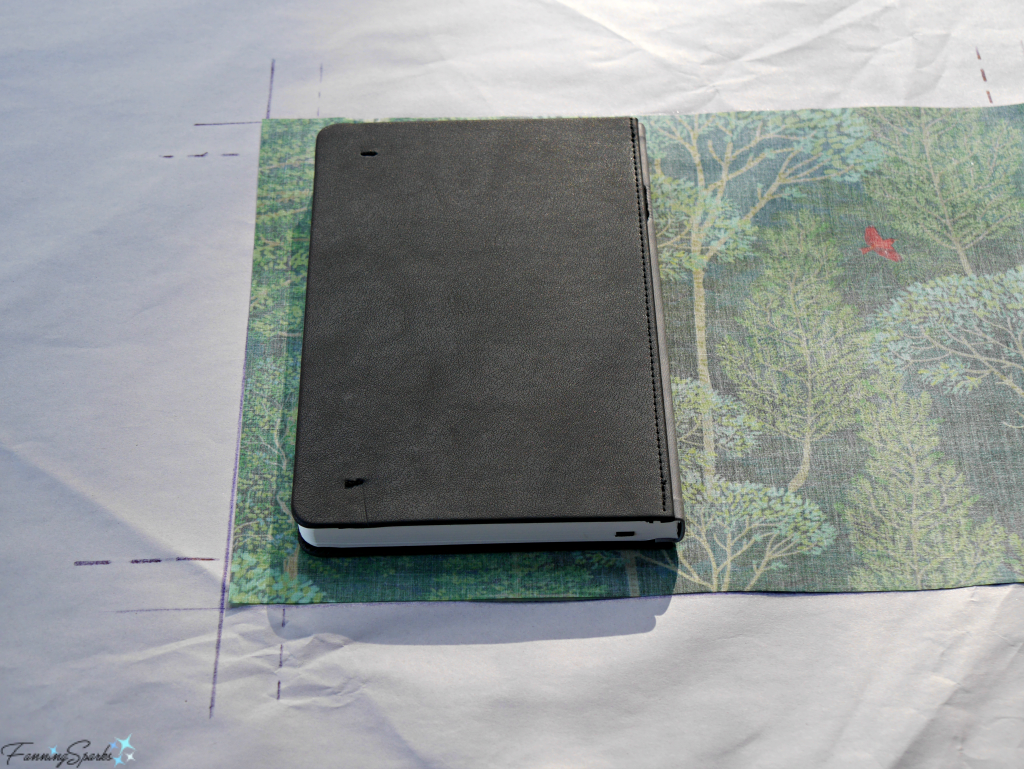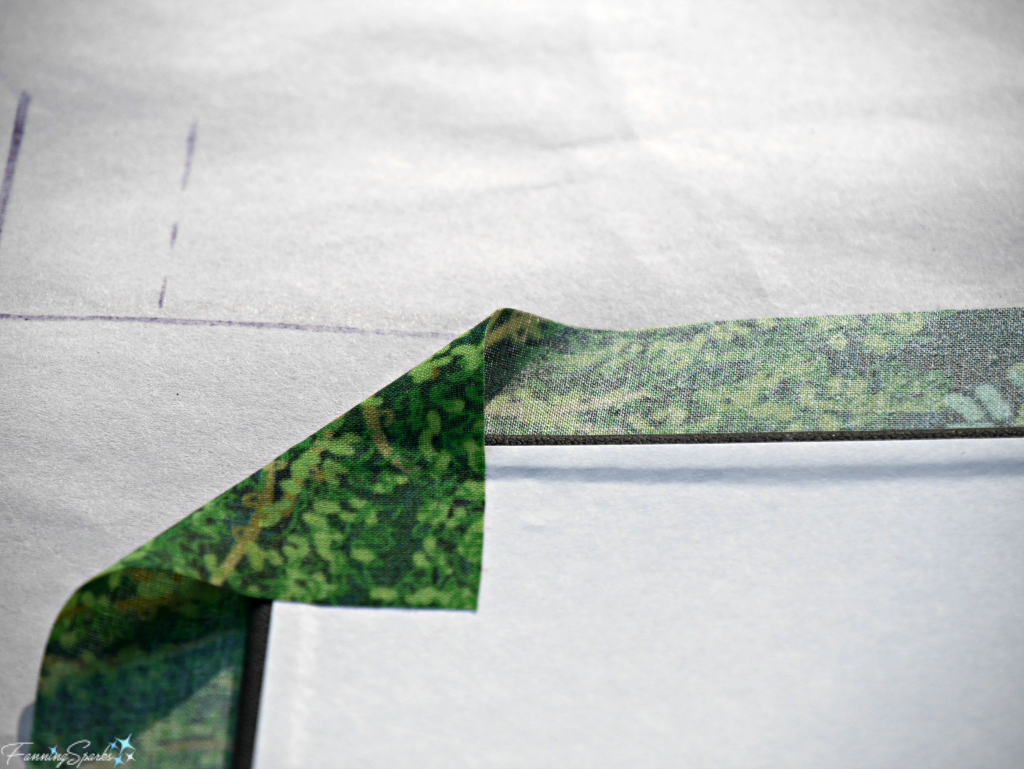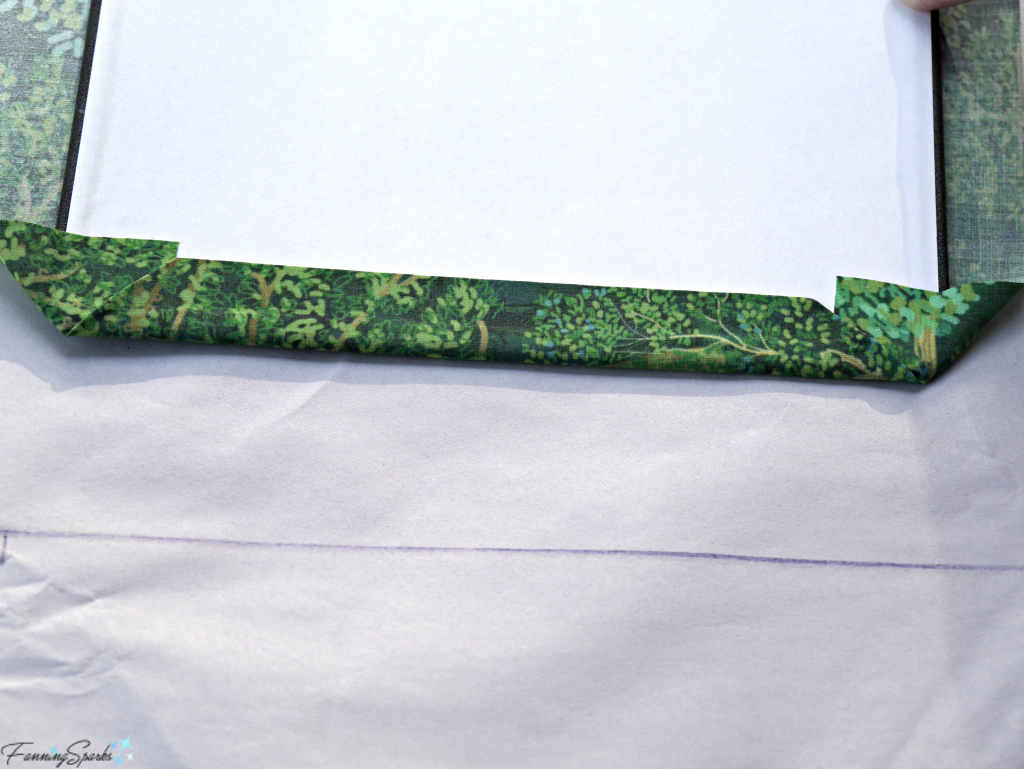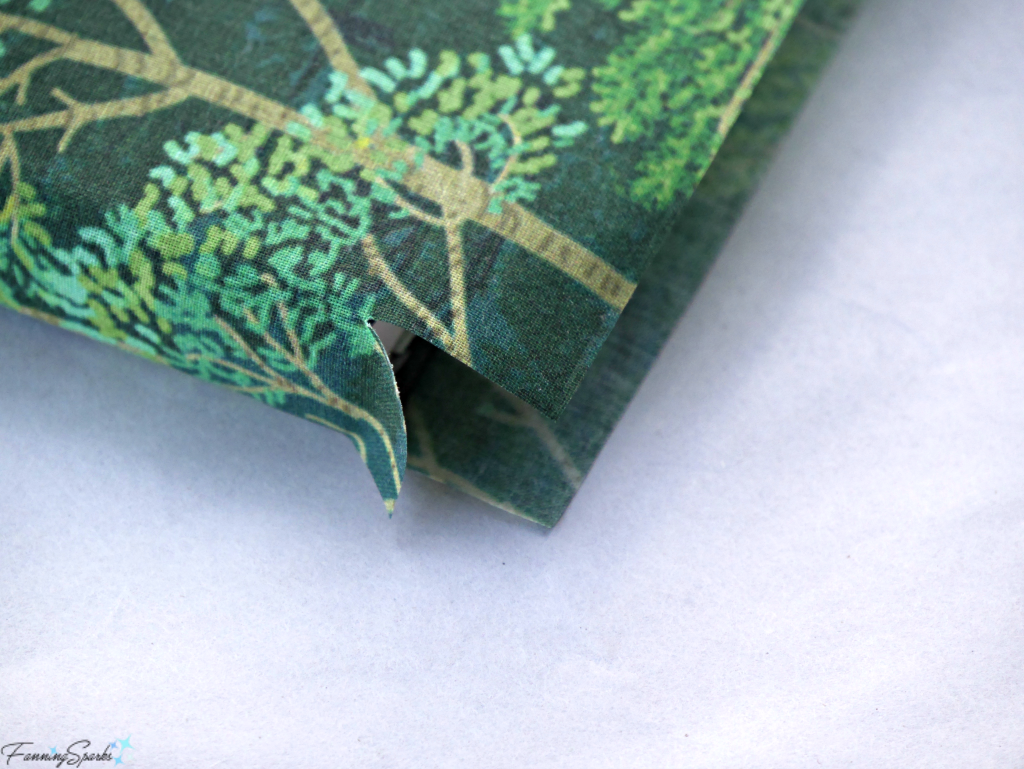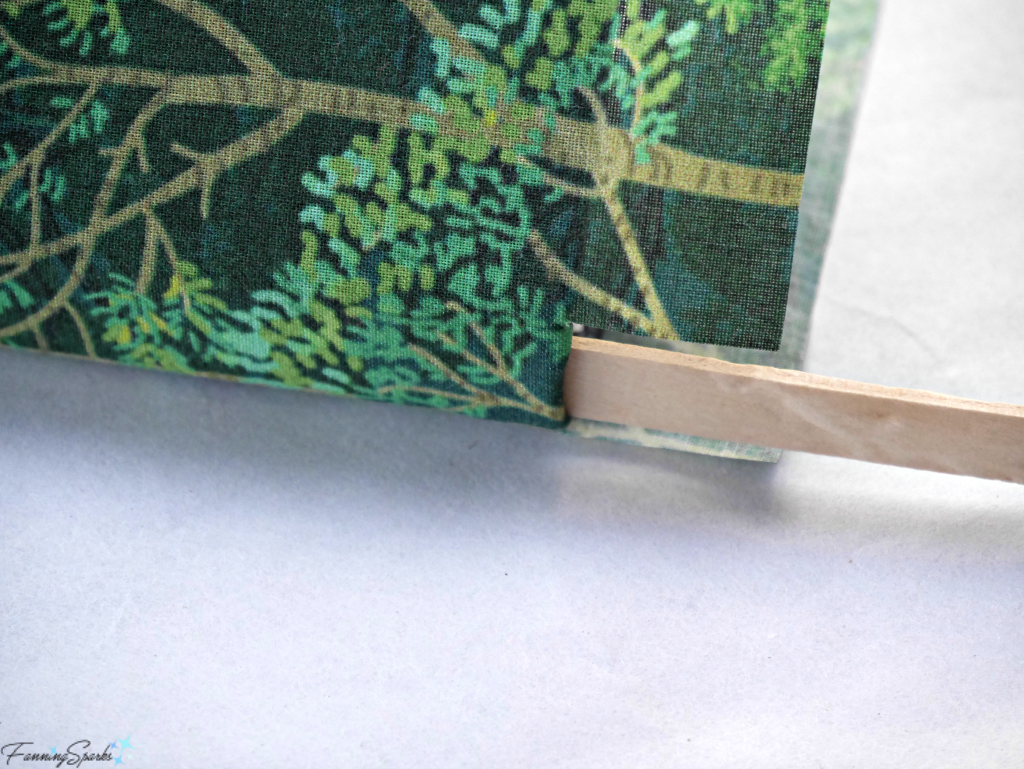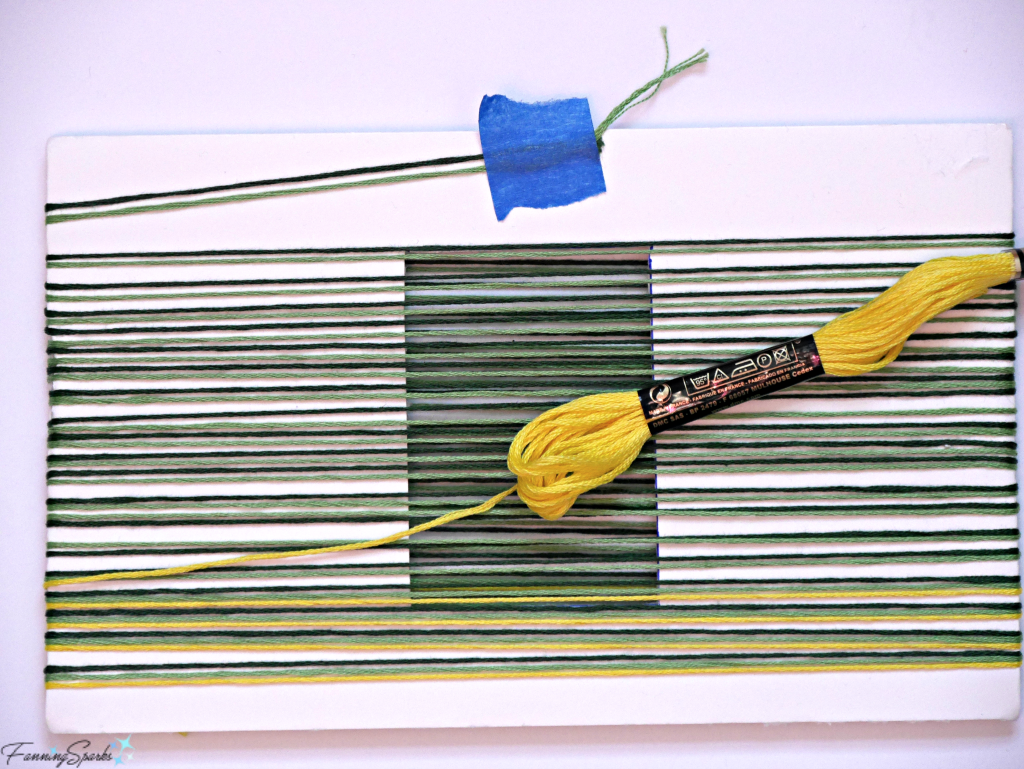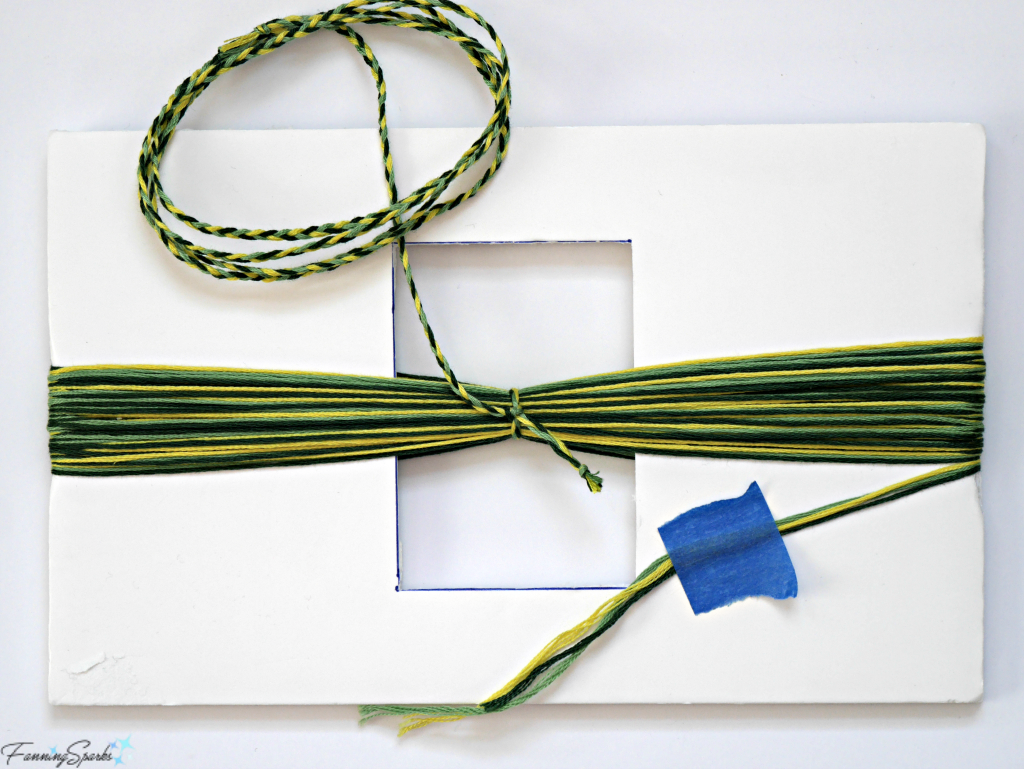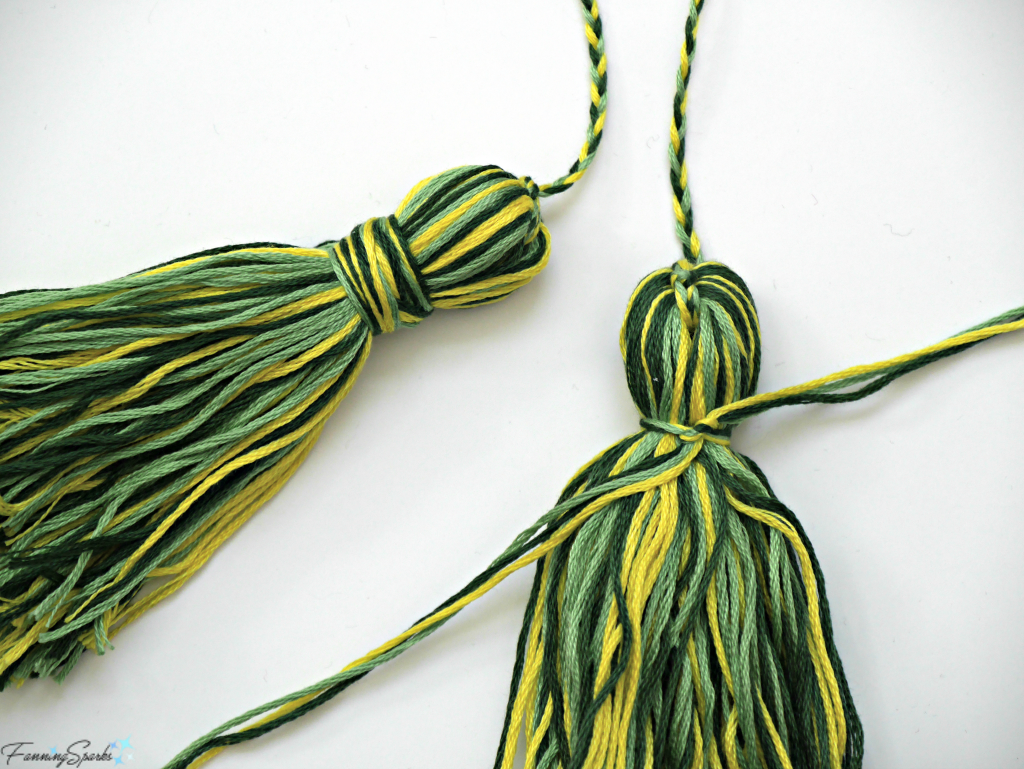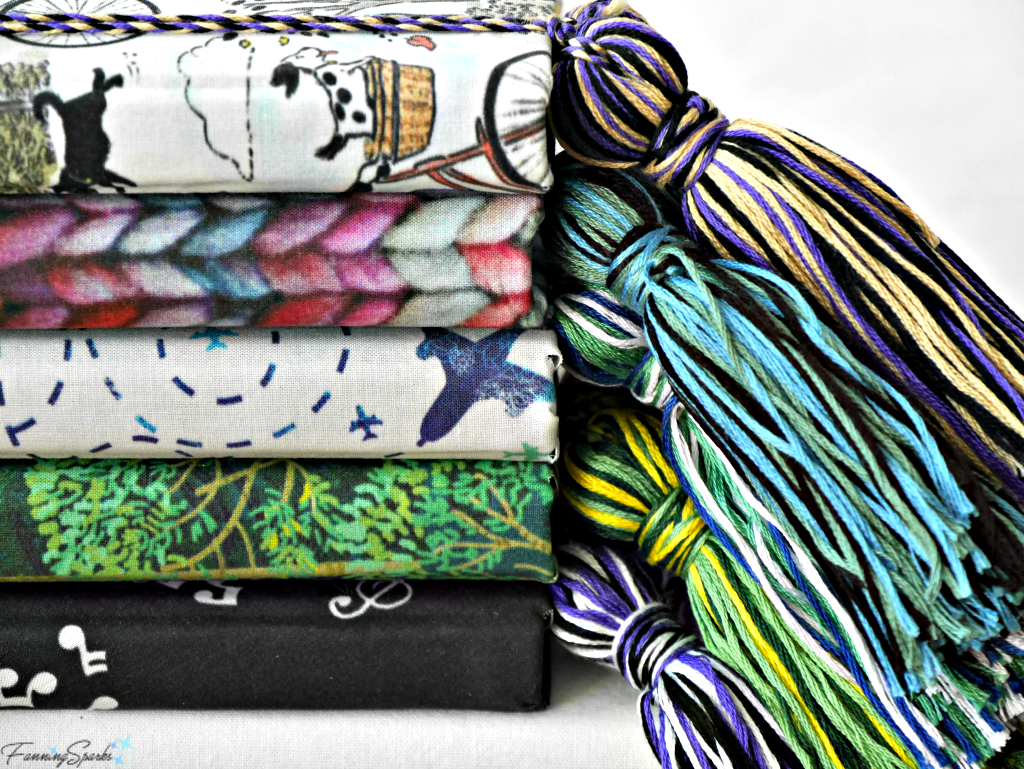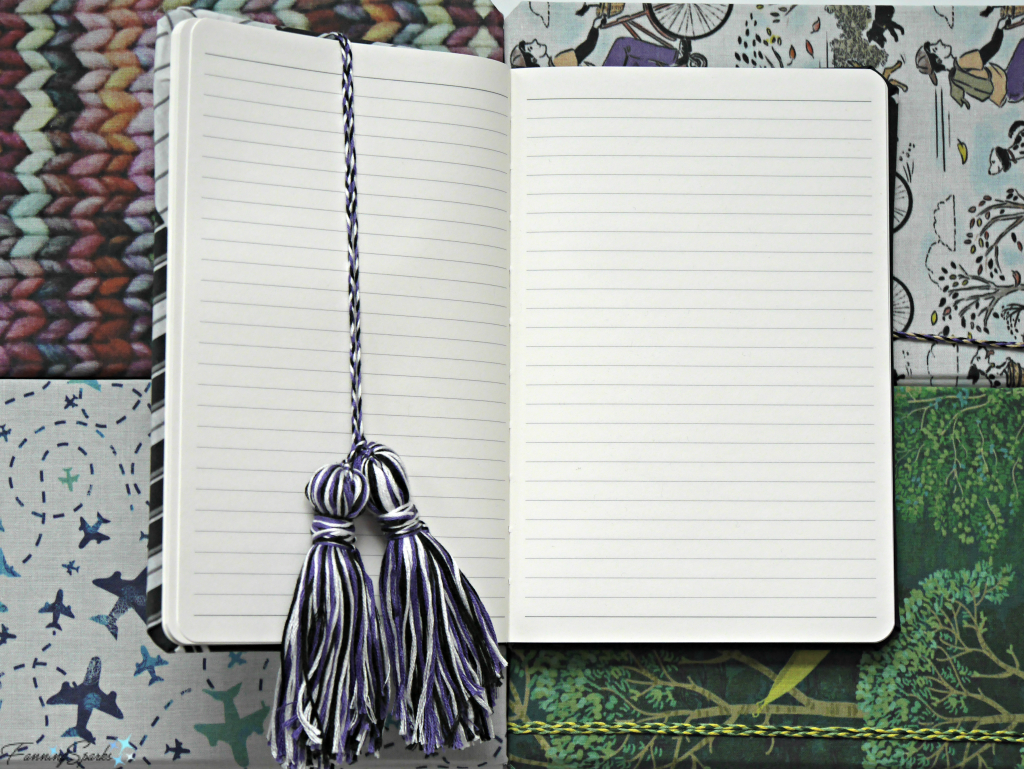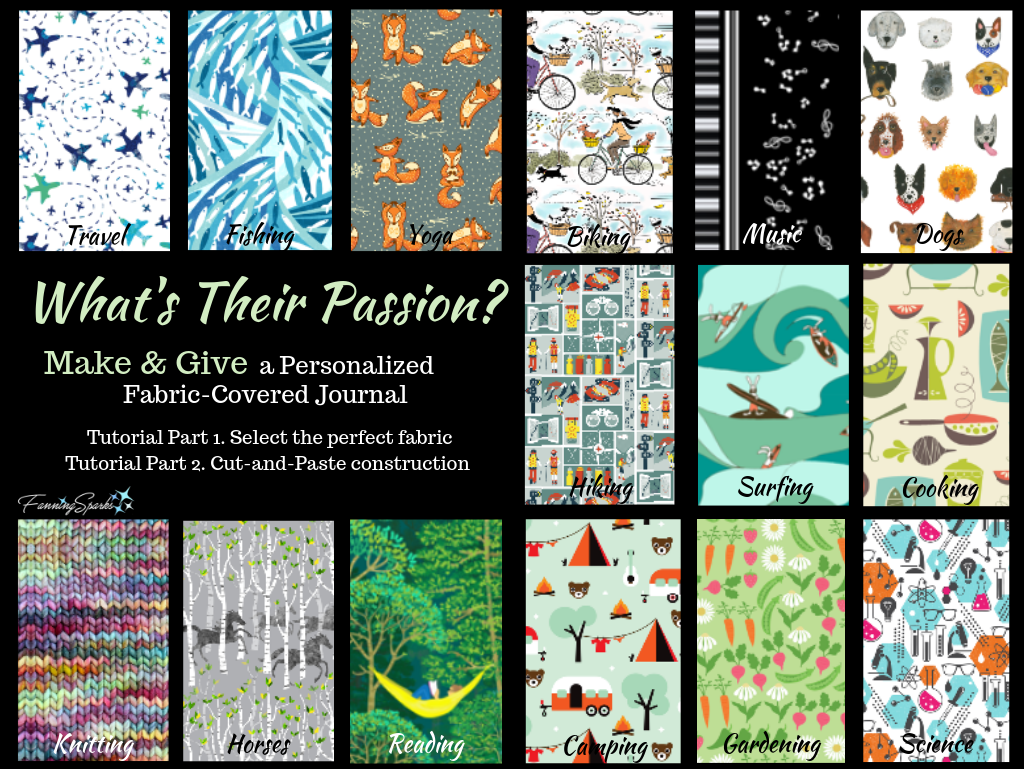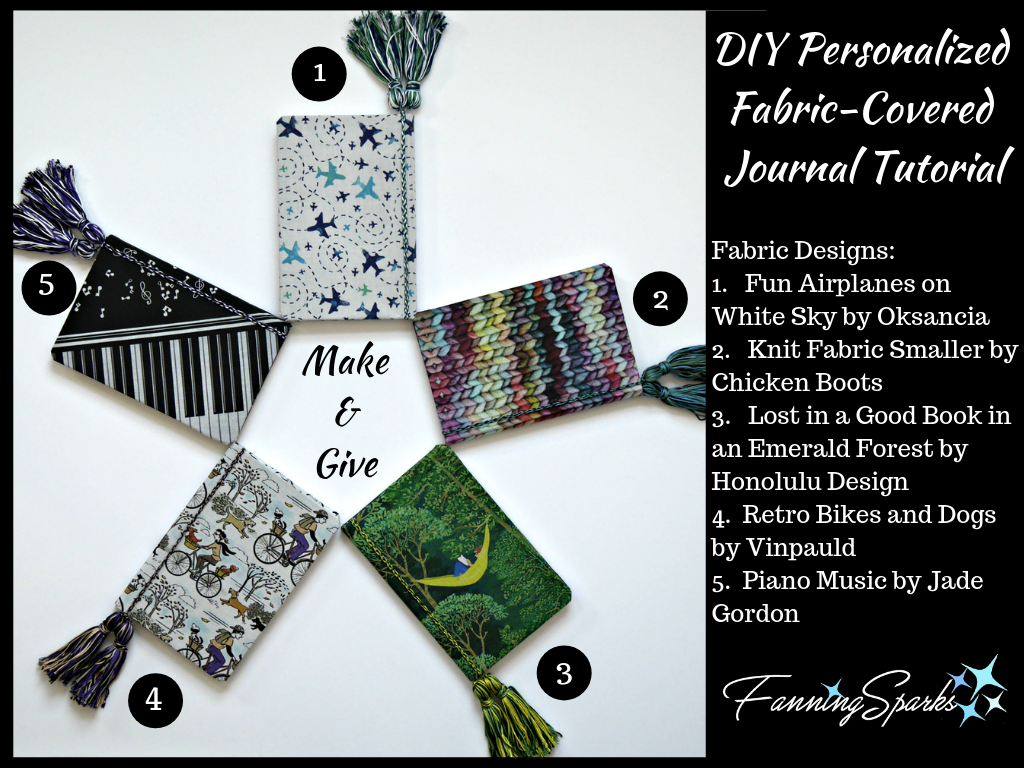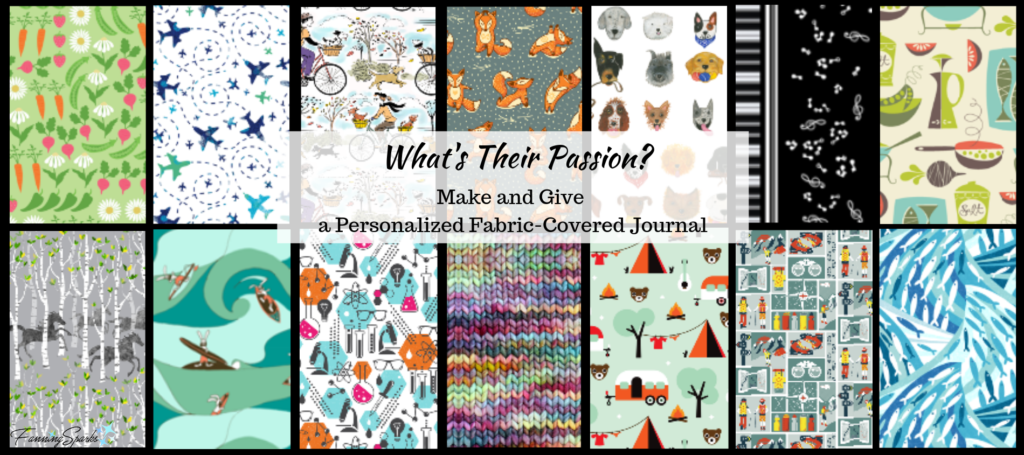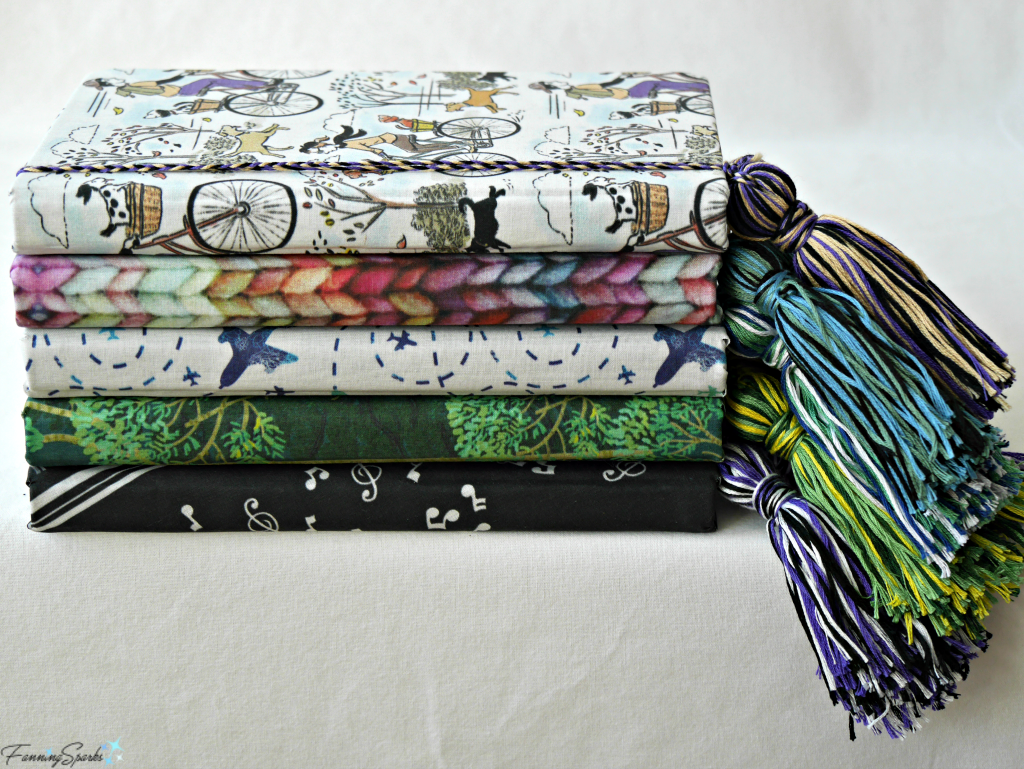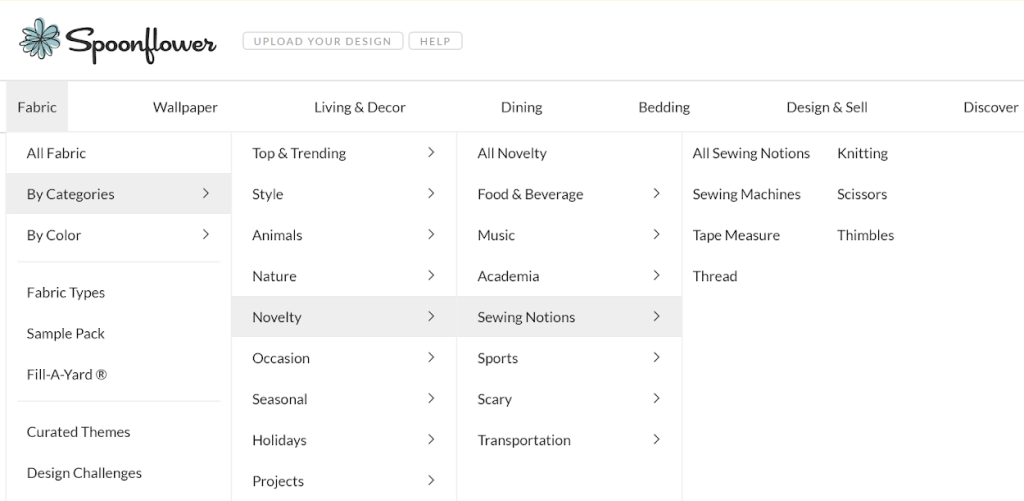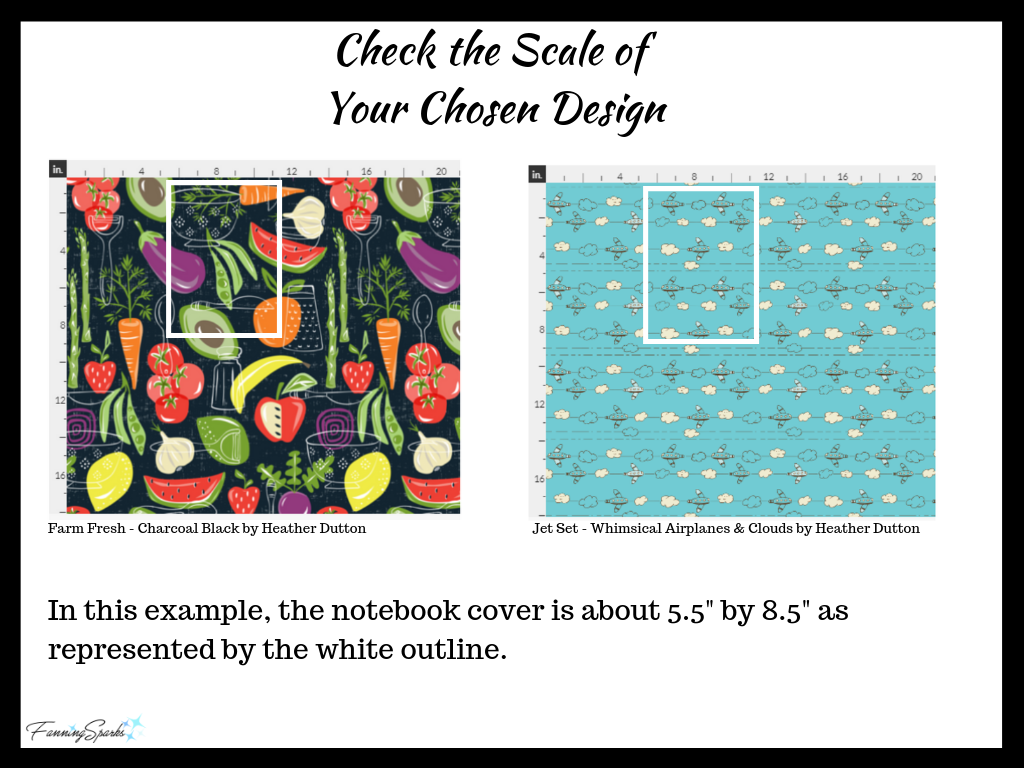In my last post, Our Pony Wall and Banquette Combo, I shared the bespoke pillows I designed and created. I chose to call these pillows “bespoke” because they are custom-made for the banquette in our kitchen. Today I’d like to share a tutorial with step-by-step instructions for creating these two pillows. Of course, while the same approach and techniques will apply, you’ll want to customize them for your own bespoke pillows. Simply choose a fabric, in a design, color and pattern you love, as the foundation. Then get creative with contrasting fabric, trim, piping, and buttons to embellish your look. Here are my DIY bespoke pillows on the banquette in my kitchen.
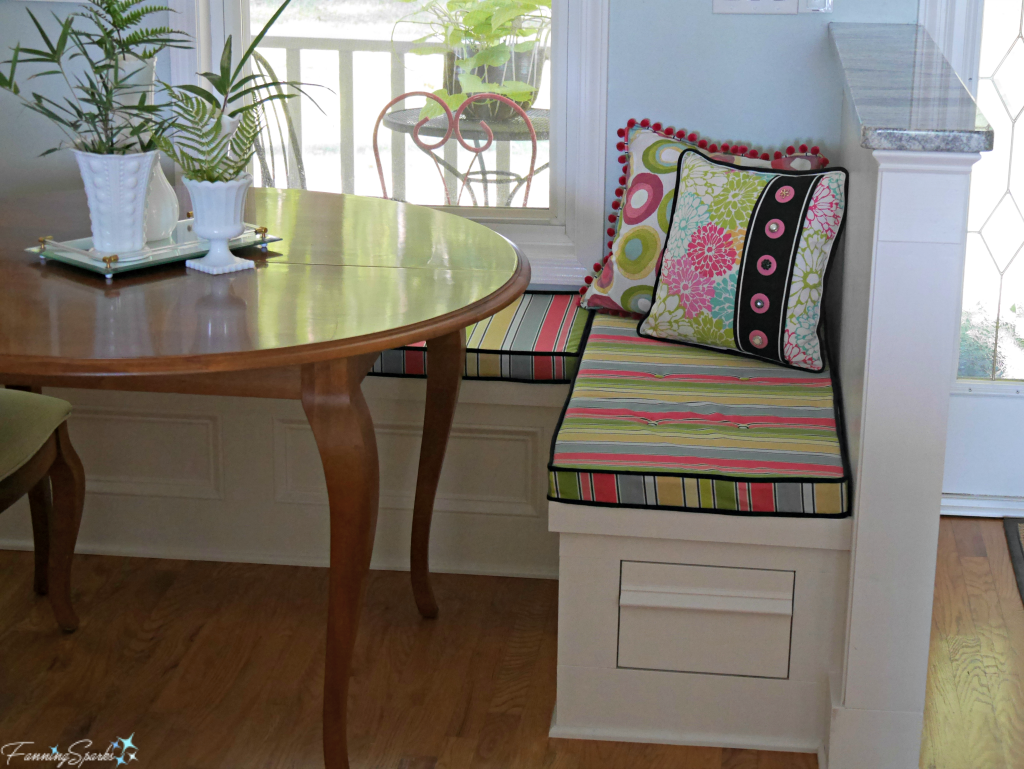
Let’s get started. I’ll refer to the pillow at the back, with the circular pattern and the pompom trim, as the Pompom Pillow. I’ll refer to the pillow in the front, with the flowered pattern and the tailored button band, as the Button Pillow.
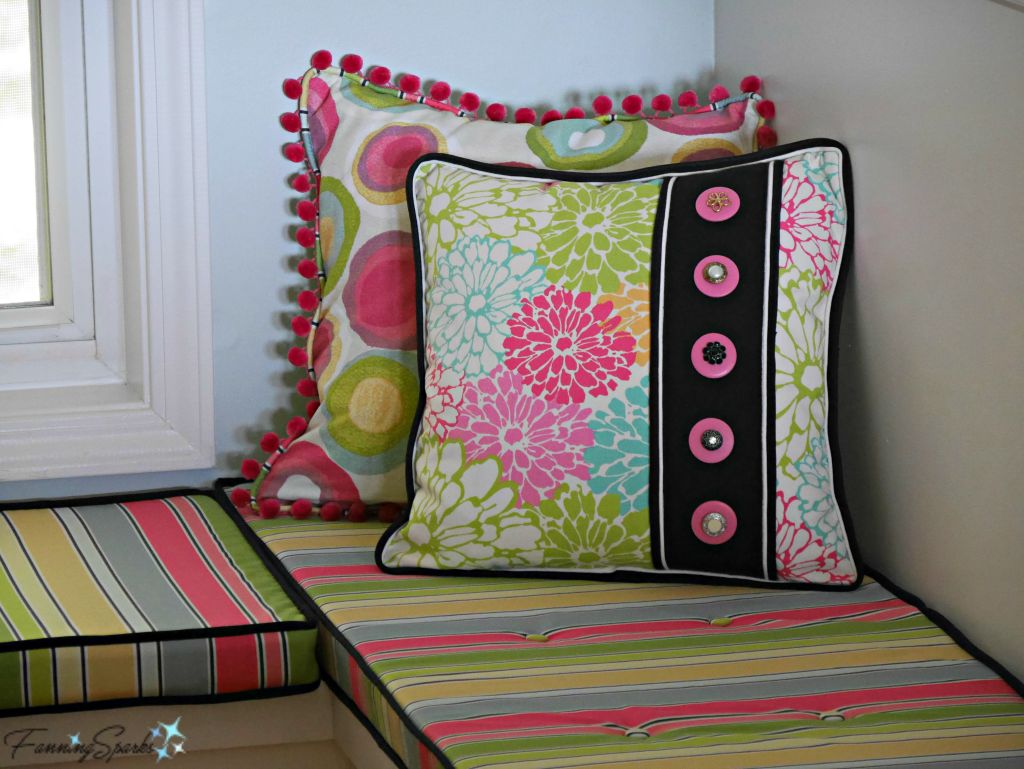
The construction process is quite straightforward; we will be sewing together two squares of fabric to create a pocket for a pillow form. Most ready-made decorative pillows use this same simple technique. It’s the fabric selection and embellishment that set them apart. The Button Pillow is embellished with a padded, contrasting band of fabric showcasing 5 sets of buttons. The band and the outer edges of the pillow are trimmed with 2 rows of piping, The Pompom Pillow has a row of custom-made piping (using the same fabric as the seat cushion) and a row of pompom trim around the outer edges.
Take your time to select fabric and trim you like. We’ll get into the details below but to get you started, plan for less than 1 yard of fabric to make a standard square pillow (typically between 16” and 24” square). Lay out your choices to help you visualize the finished product. In the below photo, I’m trying to decide if I should insert striped or white piping under the pompom trim. Definitely striped!
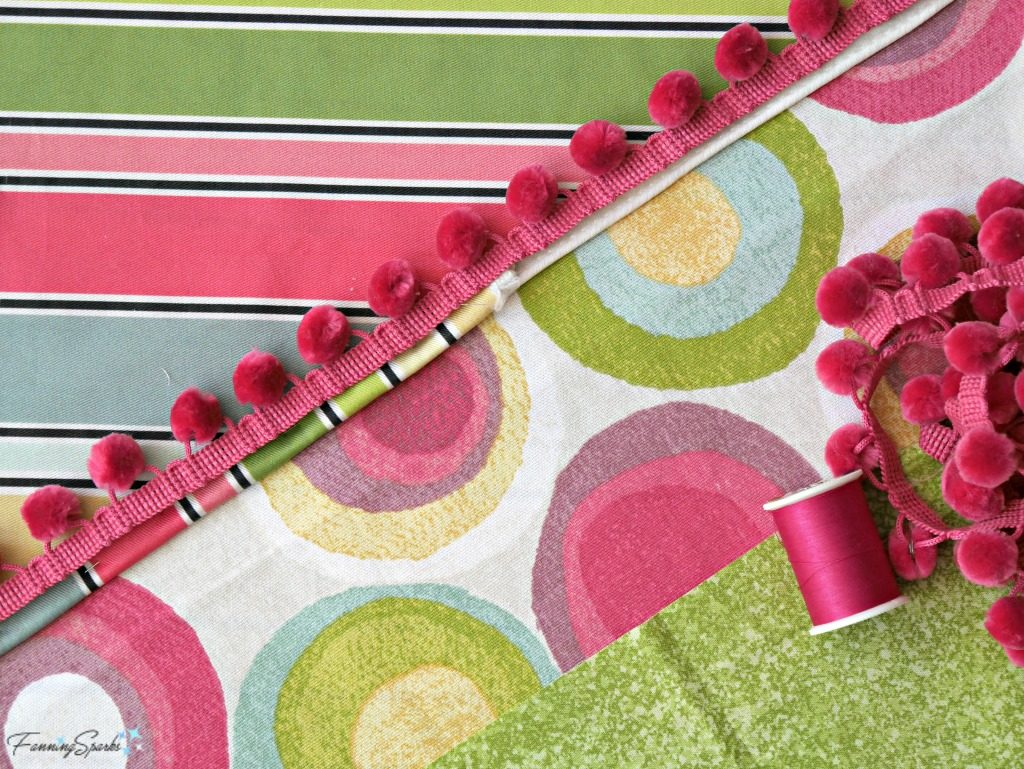
Please note some aspects of these pillows, for instance inserting a double row of piping around the outer edges, are rather difficult and may not be the best choice for a beginner. If you’re just starting to sew, you may wish to use only one row of piping or skip the piping entirely. You can still make a stunning bespoke pillow.
Supplies – Basics
Pillow Form: It all starts with the pillow form (also called pillow insert or pillow fill). This tutorial covers square pillows but you could easily adapt the instructions for a rectangular pillow. Square pillows typically come in one inch increments from 16” to 24”. The Button Pillow is 17” square. The Pompom Pillow is 18.5” square.
Pillow Front: Use home decorating fabric for the front of the pillow. I used 17 ½” by 17 ½” (½ yd) flowered fabric for the Button Pillow and 19” by 19” (¾ yd) circular patterned fabric for the Pompom pillow. Simply add ½” (¼” x 2 for the seam allowances) to the size of your pillow form to determine the amount of fabric you need. Home décor fabric is typically 54” wide so a single cut will be plenty wide and you only need to determine the yardage to buy.
Backing Fabric: Choose matching fabric for the back of the pillow in the same size as the pillow front. I used a matching cotton print. Alternatively, you could simply use the same fabric as the pillow front.
Supplies – Embellishments
Piping for Button Pillow: The Button Pillow has a row of thick black piping (Conso Elements 3/16” Cord with Lip) plus a thinner row of white piping (Wrights Bias Tape Maxi Piping). You’ll need 2 yds of each.
Band Fabric for Button Pillow: The Button Pillow has a band made of contrasting fabric. The band will be approximately 1/5 of the width of the pillow front. I used a 21” by 4” piece of black cotton fabric.
Band Padding for Button Pillow: 21” by 3 ½” cotton batting (The Warm Company Warm & Natural Cotton Needled Batting)
Buttons for Button Pillow: The Button Pillow has 5 button embellishments evenly spaced on the band. I used a combination of a large flat 1 ½” button in pink with a decorative ¾” shank button. There are an amazing a variety of buttons available at stores like JOANN.
Bespoke Piping for Pompom Pillow: The Pompom Pillow has a row of bespoke piping. You’ll need home decorating fabric cut into a long thin strip 80” long by 1” wide and cotton cording ½”diameter (aka size 5) by 90” long. You may need to sew together a few pieces of fabric to make it 80″ long. Alternatively, you could choose to insert a row of purchased piping. You’ll need 2 ¼ yds.
Pompom Trim for Pompom Pillow: 2 yds of 1 ¼” wide pompom trim.
Thread: You’ll need thread in a color matching your fabric.
Glue: You’ll need craft glue to attach the decorative buttons to the base buttons on the Button Pillow. I used E-6000 Multi-purpose Craft Glue.
Have fun choosing the fabrics, piping and buttons to make your pillow truly unique.
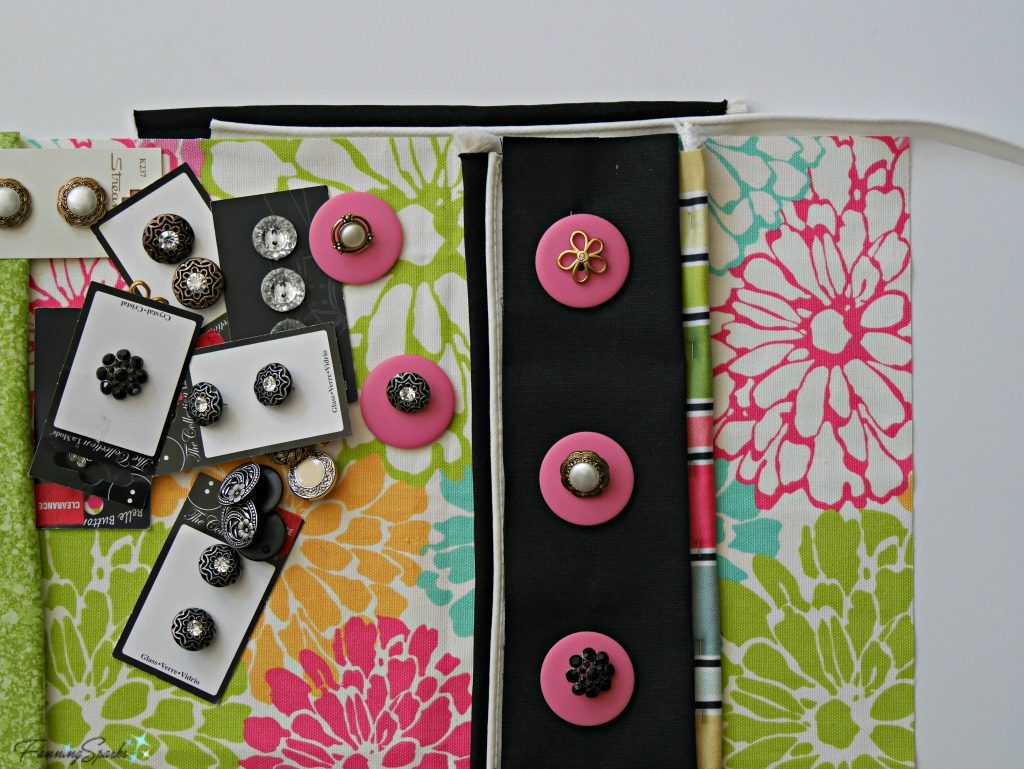
Tools
Rotary Cutter, Ruler and Cutting Surface (alternatively use Fabric Scissors/ Shears)
Ruler/ Measuring Tape
Sewing Seam Gauge
Pins
Small Scissors / Thread Snips
Seam Ripper
Sewing Machine
Zipper Foot for Sewing Machine
Iron
Ironing Board
Light Cardboard (such as a manila file folder)
Cutting Pliers (if you use buttons with shanks)
Needle (for hand sewing)
Marker (pencil, chalk or disappearing ink)
Instructions for Button Pillow

Cut Pieces
Cut the home decorating fabric into a 17 ½” square for the pillow front.
Cut the backing fabric into a 17 ½” square for the pillow back.
Cut the contrasting fabric for the button band to 21” x 4”.
Cut the cotton batting to 21” by 3 ½”.
Press the pieces.
Assembly
Step 1 Press Button Band. Prepare the black button band by pressing under ¼” along both long edges.
TIP: I find it easiest to create a simple template from light cardboard for this step. This one is cut from a manila file folder and is 11 ½” long by 1 ¼” wide. I drew a line ¼” from the long edge. Smooth out the fabric on the ironing board and place the template on top. Fold the edge of the fabric over the edge of the template to the ¼” mark. Press directly over the fabric and template. Alternatively, you can use a sewing gauge or ruler to measure ¼” from the edge, fold and press.
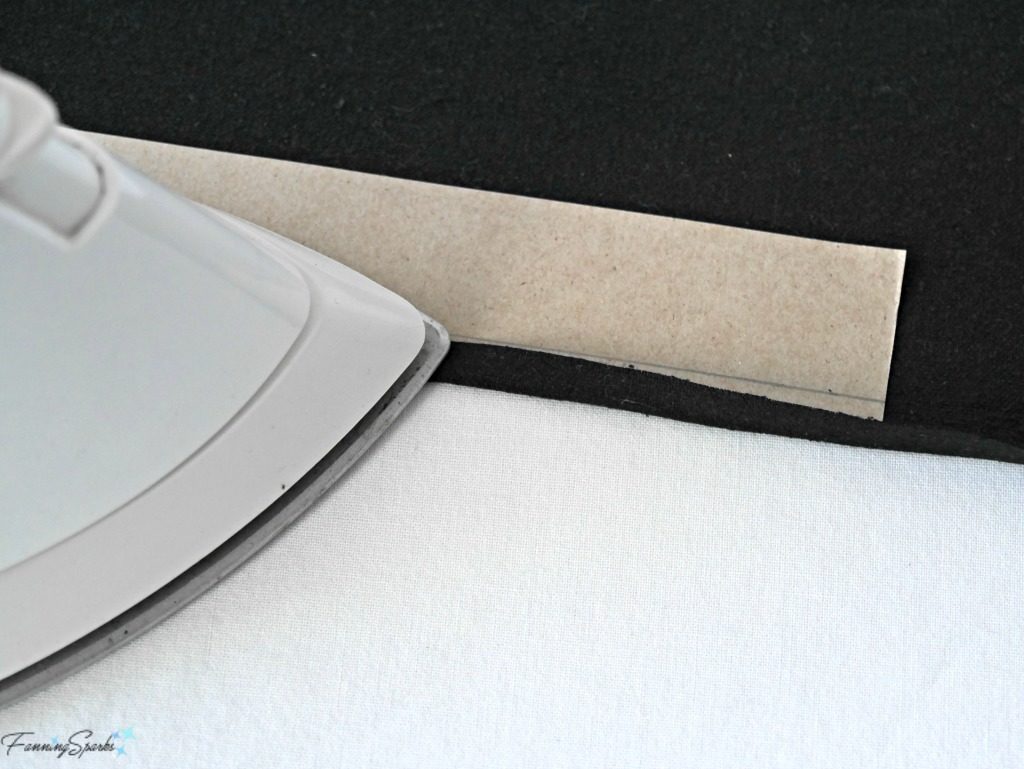
Step 2 Pad Button Band. Insert the button band padding into the underside of the button band tucking the edges inside the ¼” folded edges.
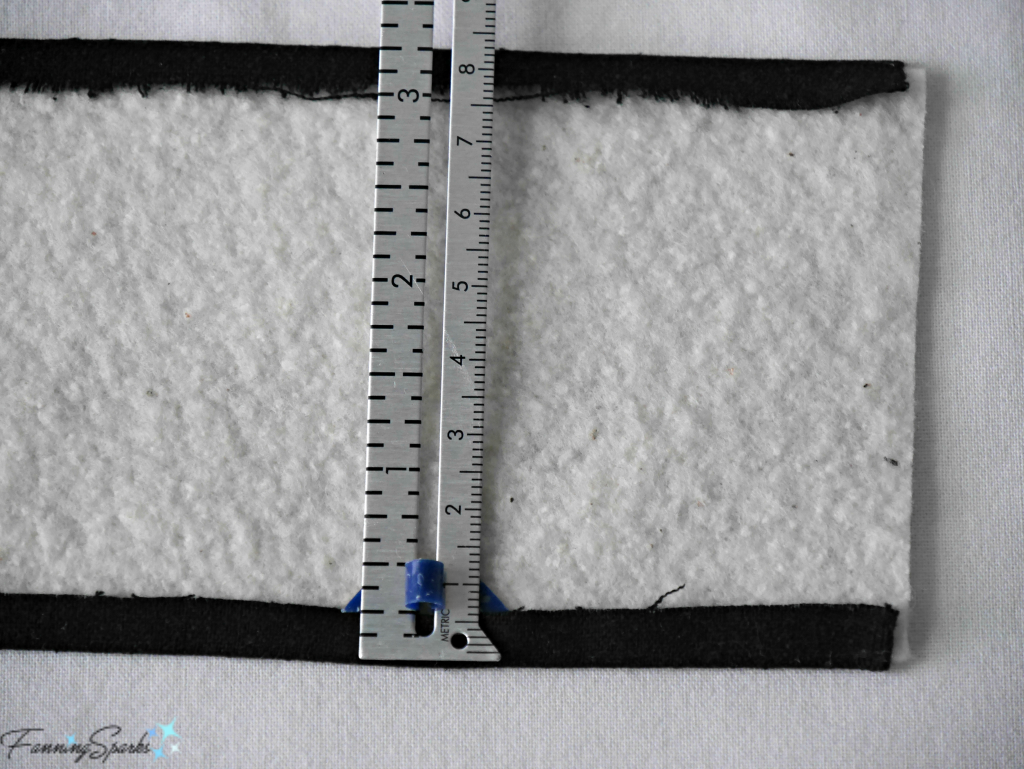
Step 3 Attach Button Band. With the right side up, carefully measure and mark 3 ½” from the right side edge of the pillow front. Lay the right edge of the button band at the 3 ½” line. Allow the top and bottom edges of the band to extend over the pillow front edges. Baste the button band to the pillow front stitching ½” in from the edges. This ½” clearance will be needed to insert the piping. Take care to ensure everything is smooth and even. Press.
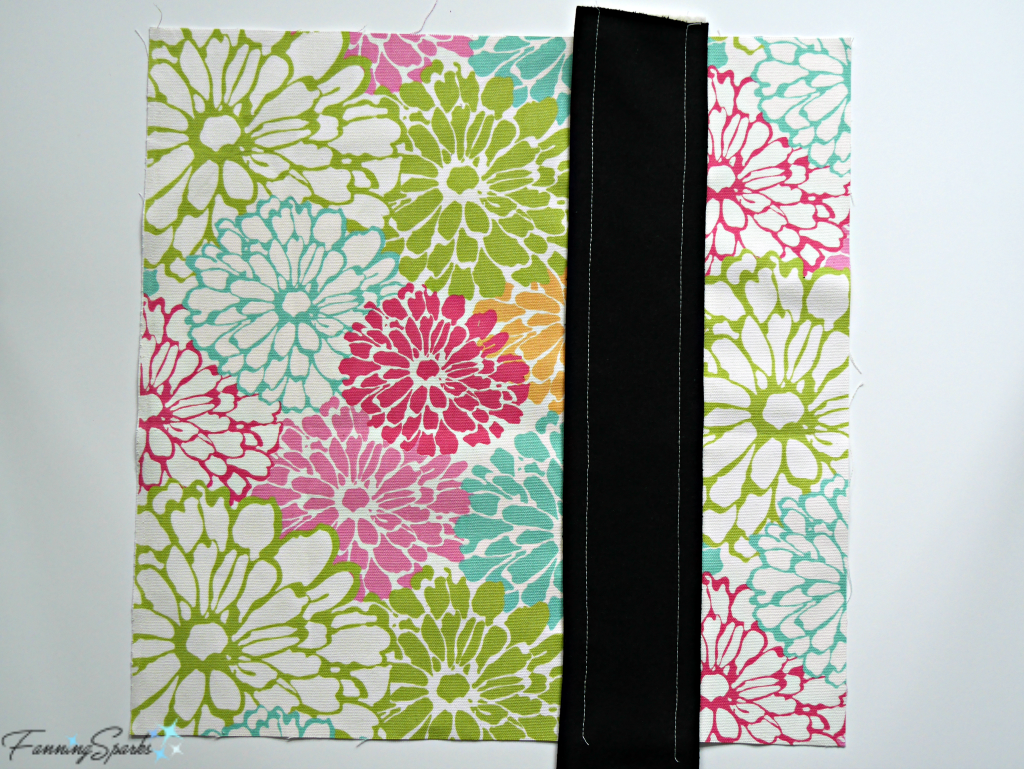
Step 4 Add Piping to Button Band. Insert two rows of piping along button band. Alternatively, you could choose to insert only one row of piping. Place thick black piping on bottom. Place thin white piping on top. Tuck snugly under the pressed edge of the button band. I only pin the first section and then hand feed the rest of the piping as I sew. Alternatively, you can pin the piping all the way along the edges. Put the zipper foot on the sewing machine. As you sew, press the zipper foot snugly against the cord in the piping. Ideally, the original stitching on the piping will be hidden under the edge of the button band.
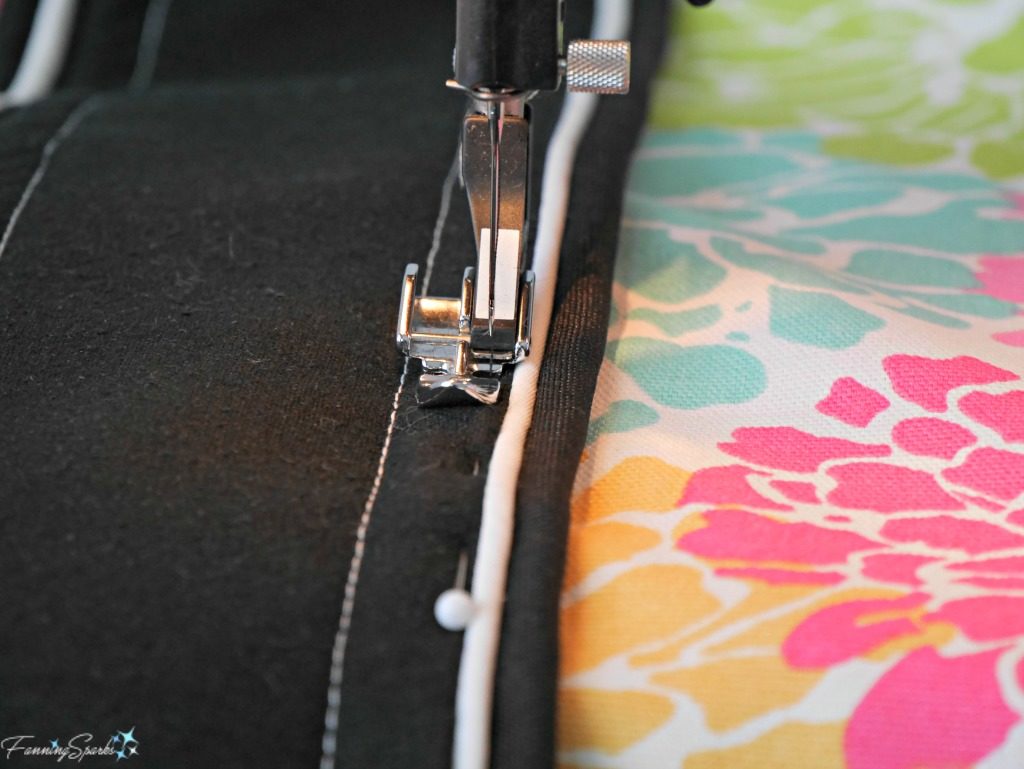
Step 5 Finish Button Band. Remove the basting from the button band. Trim the top and bottom of the button band even with the pillow front. Press.
Step 6 Attach Buttons. I used 5 buttons and placed them at the center of the button band at 3”, 5 ¾”, 8 ½”, 11 ¼”, and 14”. Sew on large flat buttons by hand.
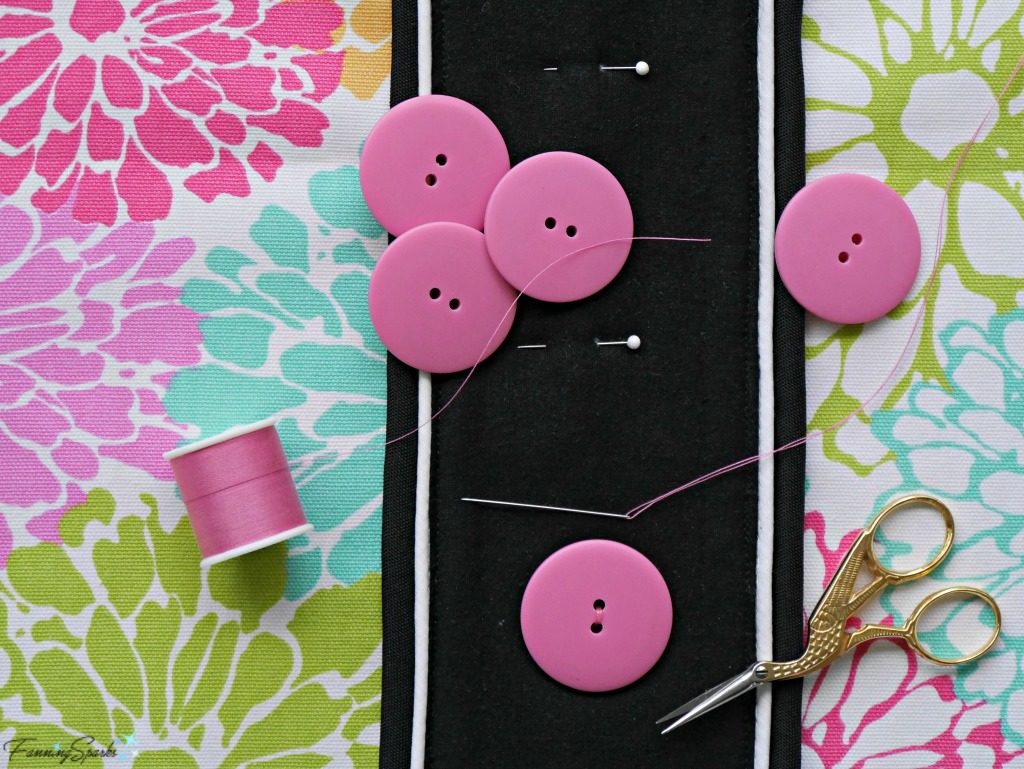
Use cutting pliers to snip off the shanks from the decorative buttons. Glue the decorative buttons on top of the large flat buttons. Allow to dry. Alternatively, you can glue on the decorative buttons after you finish all other sewing (as I did).

Step 7 Prepare to Sew on Piping. Prepare to sew two rows of piping around the pillow front. Alternatively, you could choose to insert only one row of piping or simply skip the piping entirely. Lay the pillow front on your work surface with the right side up. Locate the center of the bottom edge and mark with a pin. The piping will start and end at this center point so leave about 3” of piping free (as shown in below photo). First, place thin white piping on top of pillow front. Second, place thick black piping on top of thin white piping. Ensure fabric edge, thin white piping lip edge, and thick black piping edge are all aligned. I only pin the first few inches and then hand feed the rest of the piping as I sew. Alternatively, you can pin the piping all the way around before sewing. Prepare to leave about 3” of loose piping at the end.
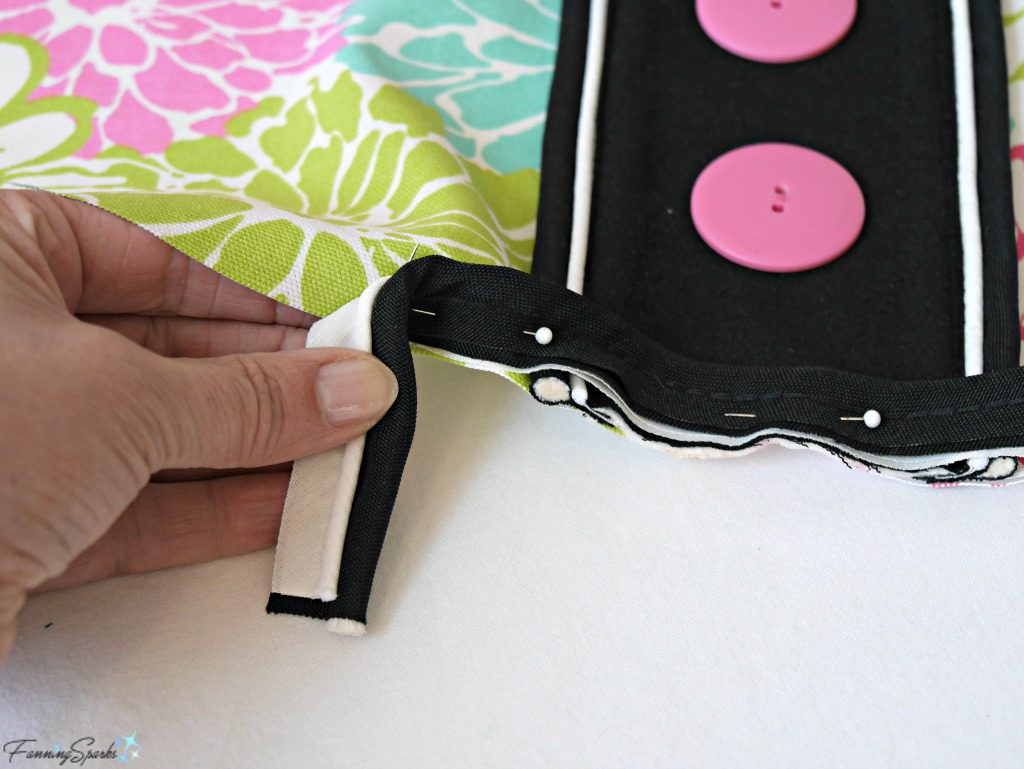
Step 8 Sew on Piping. Put the zipper foot on the sewing machine. As you sew, press the zipper foot snugly against the cord in the piping. Ideally, your seam will be in actually the same place as the original stitching on the piping.
TIP: Sewing piping around the corners can be tricky. The solution is to turn at the correct spot which is exactly ¼” from the end. Stop sewing as you near the corner and mark the ¼” point with a dot. Resume sewing, moving forward slowing until your needle punctures your dot. Don’t forget you can adjust the machine’s stitch length to help you land on the right spot. Leave the needle down, lift the presser foot and swivel the fabric by 90⁰. You may need to fuss a little to get all the layers to lay flat. Resume sewing. It’s worth the effort to get this right because neatly finished corners will make the pillow look much more professional. The below photo (taken with the Pompom Pillow) shows how to measure and mark the ¼” turning point.
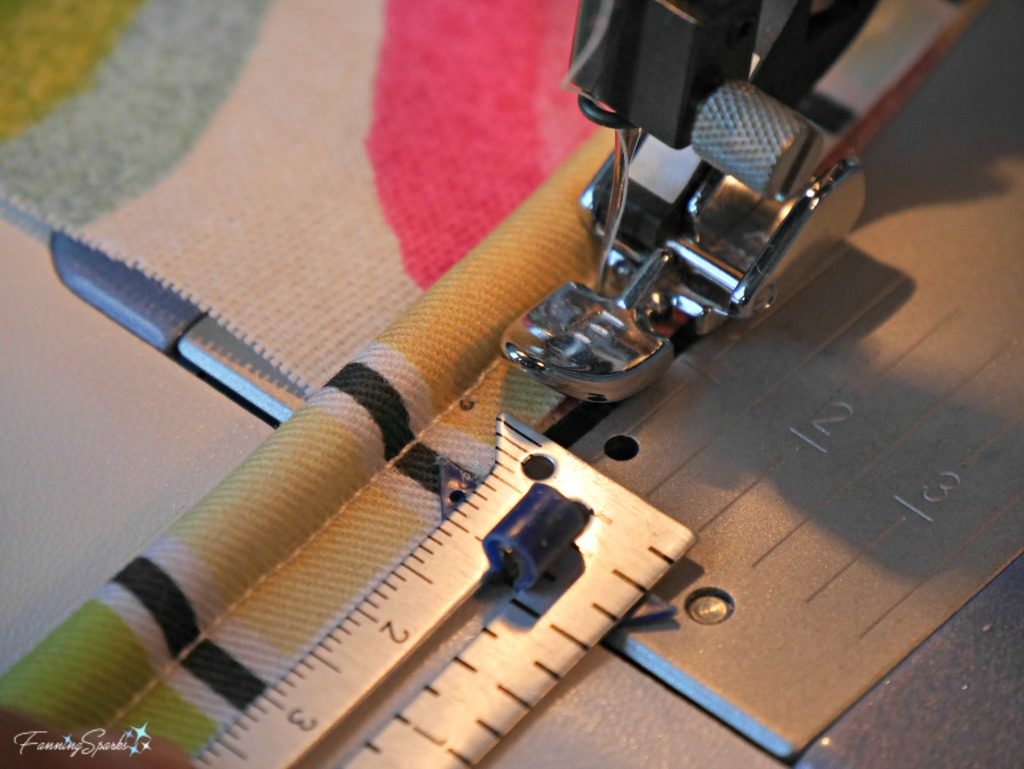
Step 9 Finish Piping Ends. The 3” tails left at the start and end of the piping will be merged to create a clean connection. Finish the two rows of piping separately. Start with the thick black piping. Carefully line up the two ends. Trim the piping start tail at the center point cutting through the cord and wrapping.

Trim ONLY the cord in the piping end tail keeping it even with the piping start tail. Fold under the wrapping of the piping end tail.

Tuck the piping start tail inside the piping end tail covering the cut ends with the wrapping. Pin in place. Repeat this process with the thin white piping. Hold the overlapping connections, turn over and stitch to pillow front.
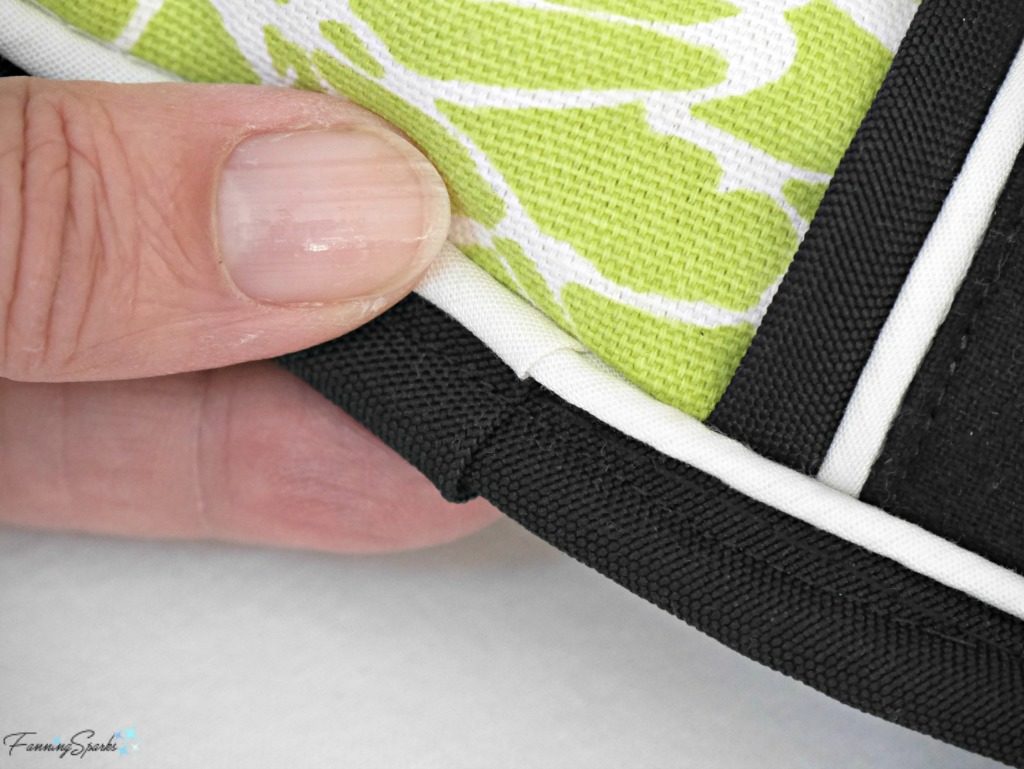
Step 10 Sew on Back. Find and mark centers on all sides of pillow front and pillow back. Lay the pillow back on your work surface with the right side up. Lay the pillow front on top of the back with the right side down. At this point, all 4 outside edges should be aligned, the piping should be turned in and hidden, and only wrong sides of the fabric should be visible. Align centers and pin out to the corners as shown in the below photo.
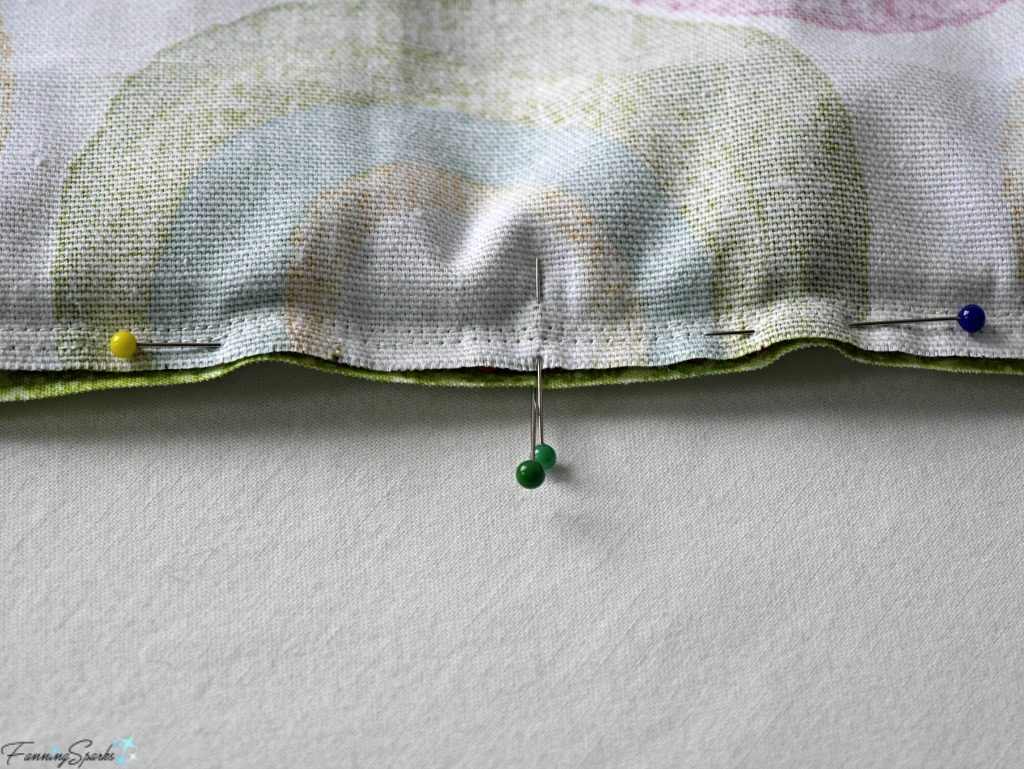
Start sewing each seam at the center and stitch out to the corner. Check fit at corner; adjust seam if necessary. Repeat for 2 more sides; you will sew 6 short seams. On the bottom side (where the piping was connected), start the seams about 3” from the corner instead of at the center. This leaves an opening for inserting the pillow form.
TIP: Although the pillow front and pillow back started out exactly the same size, the pillow front has likely shrunk a little because of the attached trim. When I checked the fit at the corner shown below, I found the pillow back was now wider than the pillow front and I had to adjust the seam. The pillow front still had the original ¼” seam allowance but the seam allowance on the pillow back had to be doubled to ½” at the corner.
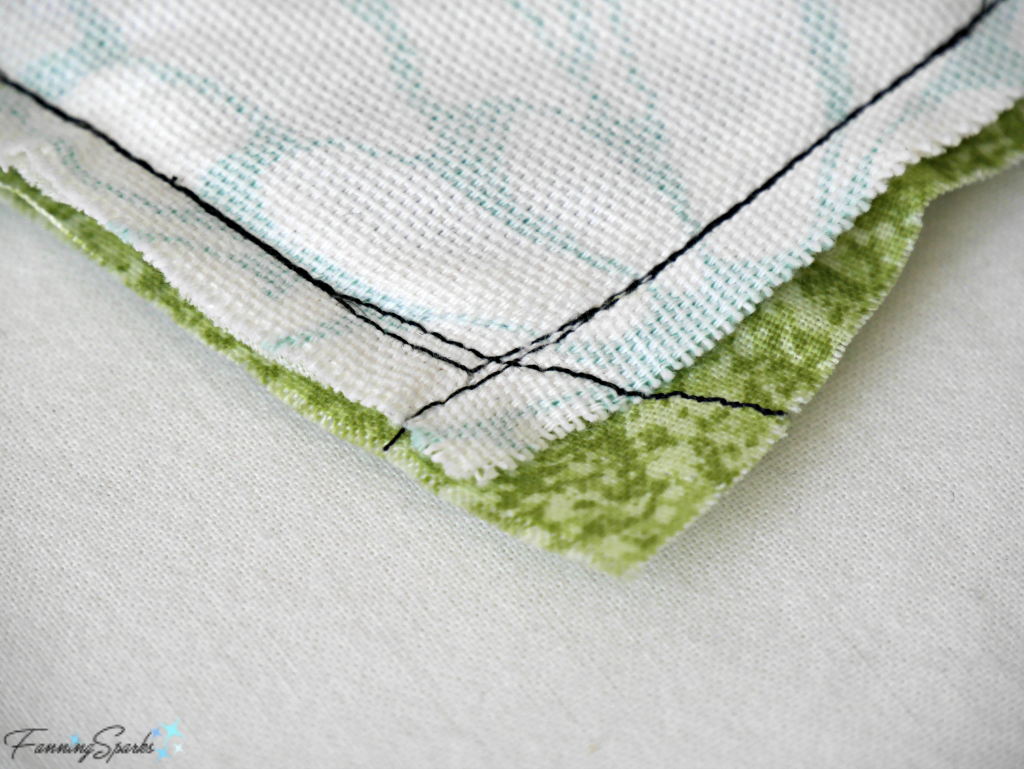
Step 11 Finish Pillow. Turn the pillow right side out. Check seams to ensure piping was not caught in stitching, all seams are smooth, and all corners are neat and tidy. Correct any flaws by ripping out the stitching and redoing. Press the pillow case. Insert the pillow form. Hand stitch the opening. Your Button Pillow is done!
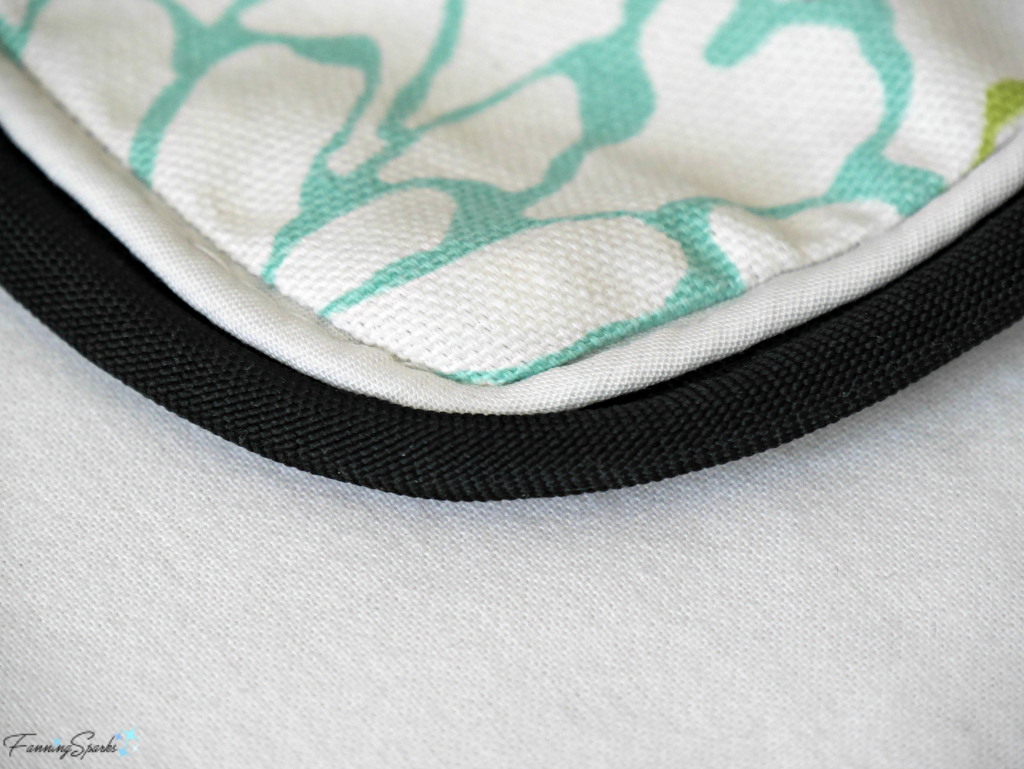
Instructions for Pompom Pillow
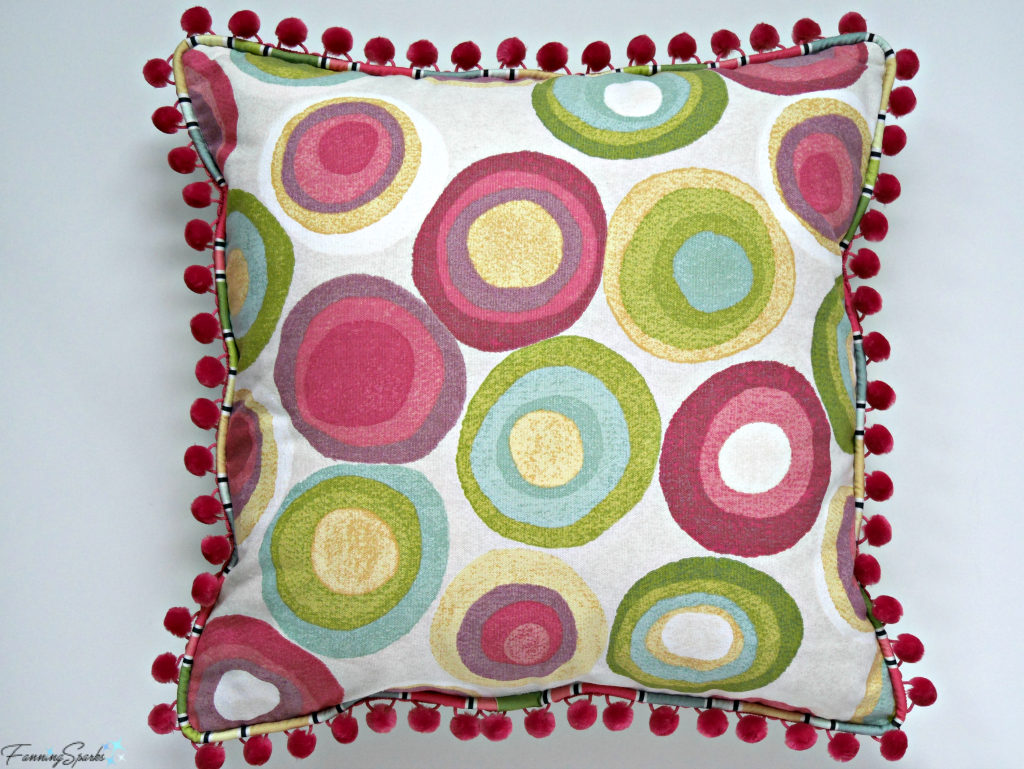
Most of the steps for the Pompom Pillow are the same as those used for the Button Pillow. To keep this post as short as possible, I will refer back to the relevant instructions instead of repeating them.
Cut Pieces
Cut the home decorating fabric into a 19” square for the pillow front.
Cut the backing fabric into a 19” square for the pillow back.
Cut the home decorating fabric for the bespoke piping into a long thin strip 80” long by 1” wide. You may need to sew several pieces together.
Cut an 90” length of cotton cording ½” diameter (aka size 5).
Press the pieces.
Assembly
Step A Make Piping. Place the 80” by 1” fabric strip on your work surface with the wrong side up. Place the cotton cording down the center of the strip. Fold the fabric over the top of the cording aligning the raw edges. Only the right side of the fabric will now be showing. Pin the edges to keep them aligned. Because my fabric was striped, I had to take extra care to keep the stripes aligned and pin perpendicular to the edge. Put the zipper foot on the sewing machine. As you sew, press the zipper foot snugly against the cording in the piping. Trim the ends to even up the fabric and cording.
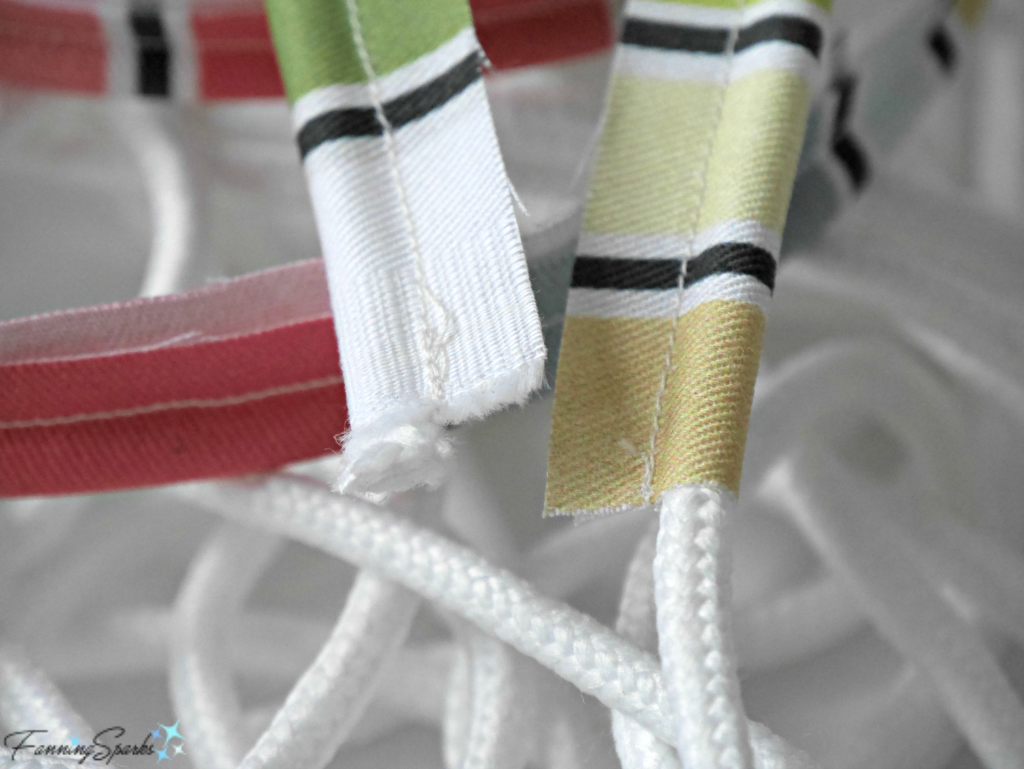
The next 3 steps are the same as the Button Pillow Step 7, Step 8 and Step 9. Steps 1 to 6 were concerned with the button band which is not relevant to the Pompom Pillow.
Step 7 Prepare to Sew on Piping. Note the Pompom Pillow has only one row of piping instead of two like the Button Pillow. Follow the instructions for the thick black piping and skip references to the thin white piping.
Step 8 Sew on Piping
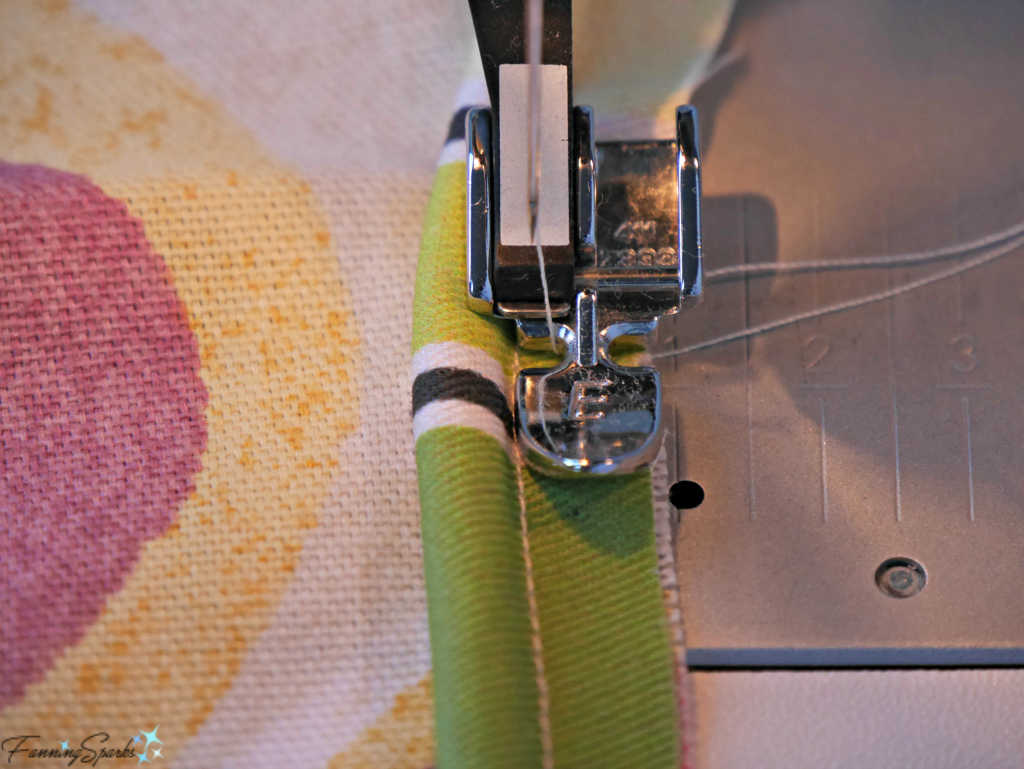
Step 9 Finish Piping Ends.
Step 9B Sew on Pompoms. This next step is unique to the Pompom Pillow. Lay the pillow front right side up on your work surface. The piping will be on top. Starting and ending at the same place as the piping, place the pompom trim around the outside edges of the pillow front with the pompoms toward the center of the pillow. Ensure edges are aligned and keep the pompom trim braid outside of the seam. Pin in place and fold over to check alignment (it should look as shown below). Simply cut, overlap and sew the ends of the pompom trim to connect the start and end at the bottom center.
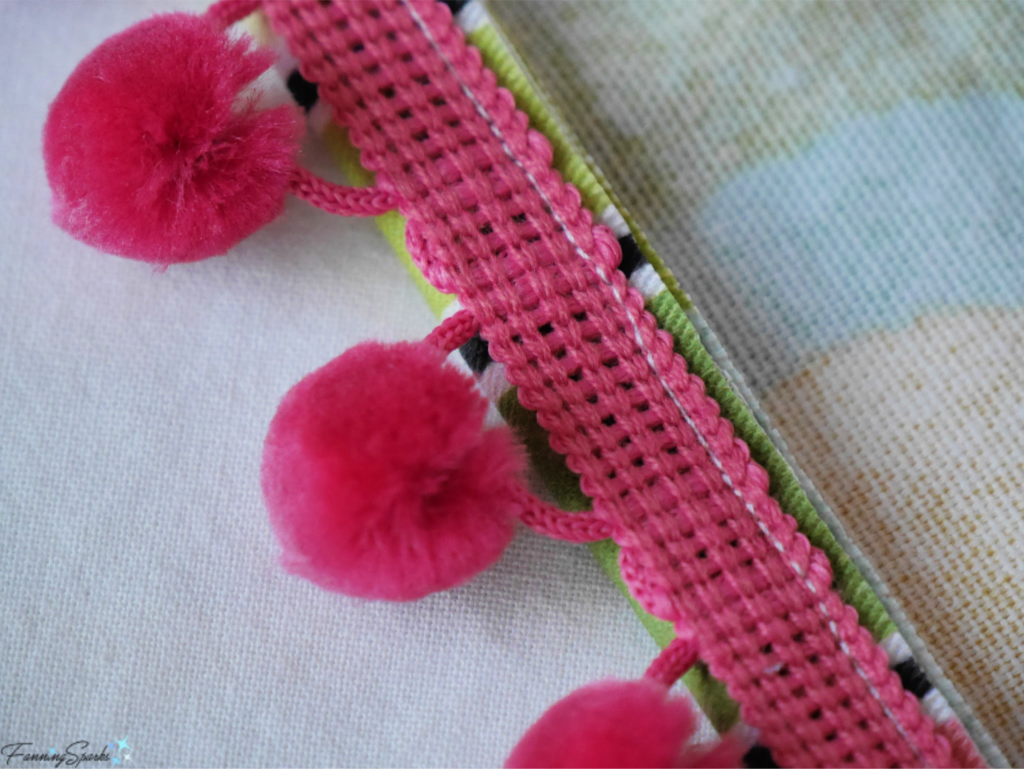
The objective is to have only pompoms, and no braid, visible on the finished pillow.

Finish the Pompom Pillow in the same way as the Button Pillow Step 10 and Step 11.
Step 10 Sew on Back.
Step 11 Finish Pillow.
Enjoy your new bespoke pillows!
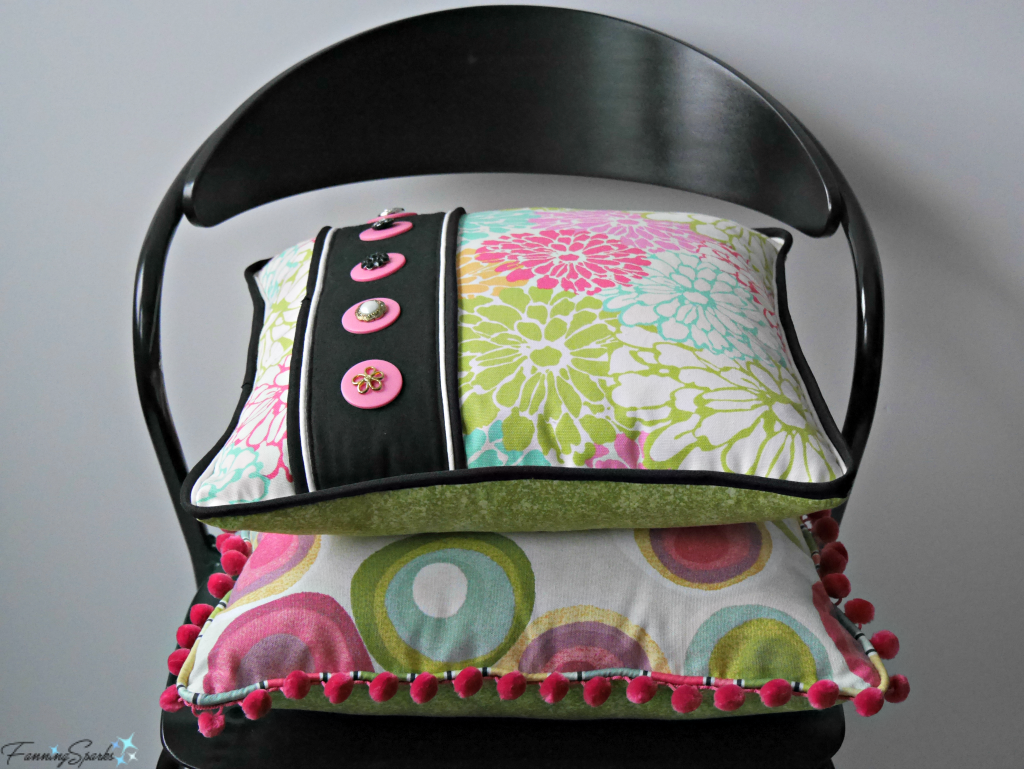
More Info
Most of the fabric, trim and buttons used in this project were purchased at JOANN. Unfortunately, both the circular and flowered fabric were purchased some time ago and do not appear to be available. The striped fabric was custom printed via Spoonflower from my own design. I’ll be sharing more on this amazing service in an upcoming post.
Today’s Takeaways
1 Pillows are a great way to pull color and pattern into a room.
2 Consider designing and creating bespoke pillows for your home.
3 Use bold colors and/or lively patterns to add energy and personality.

